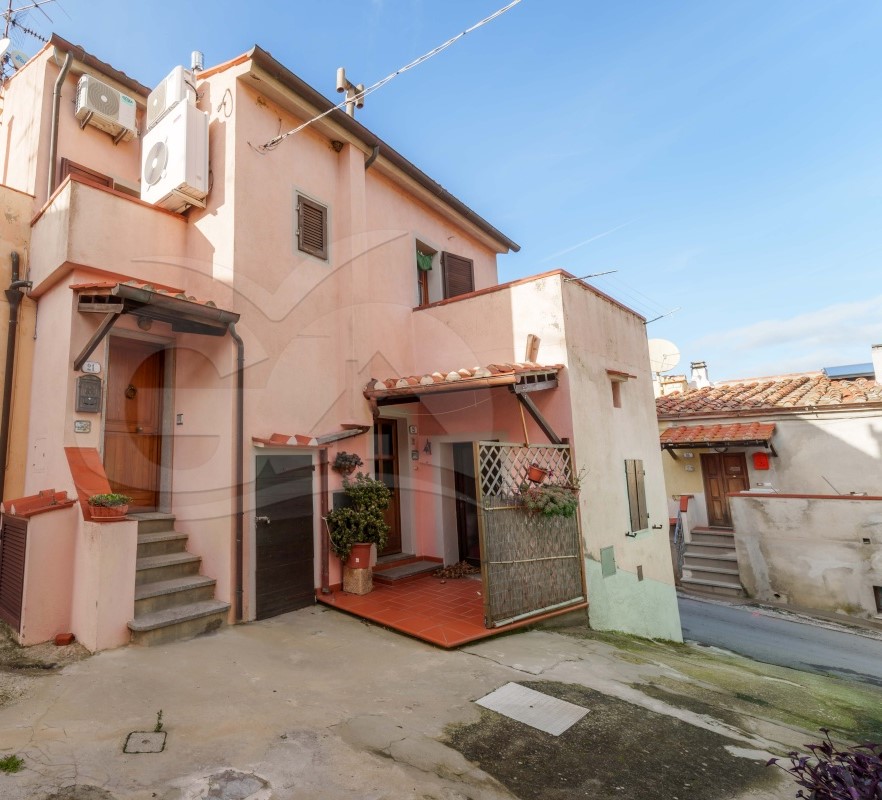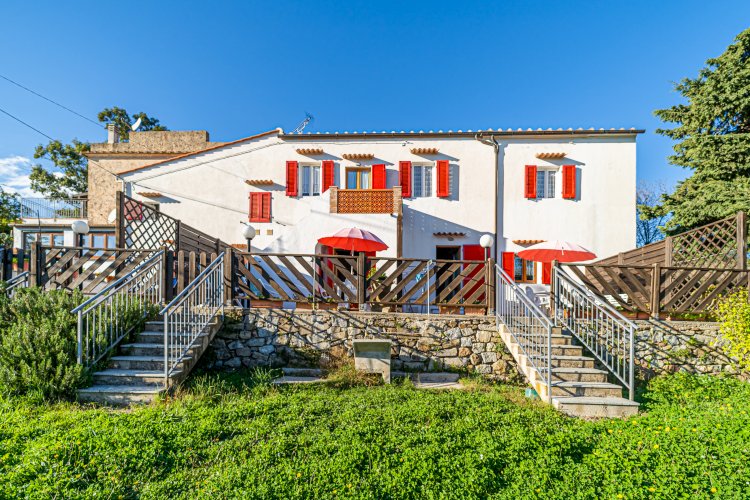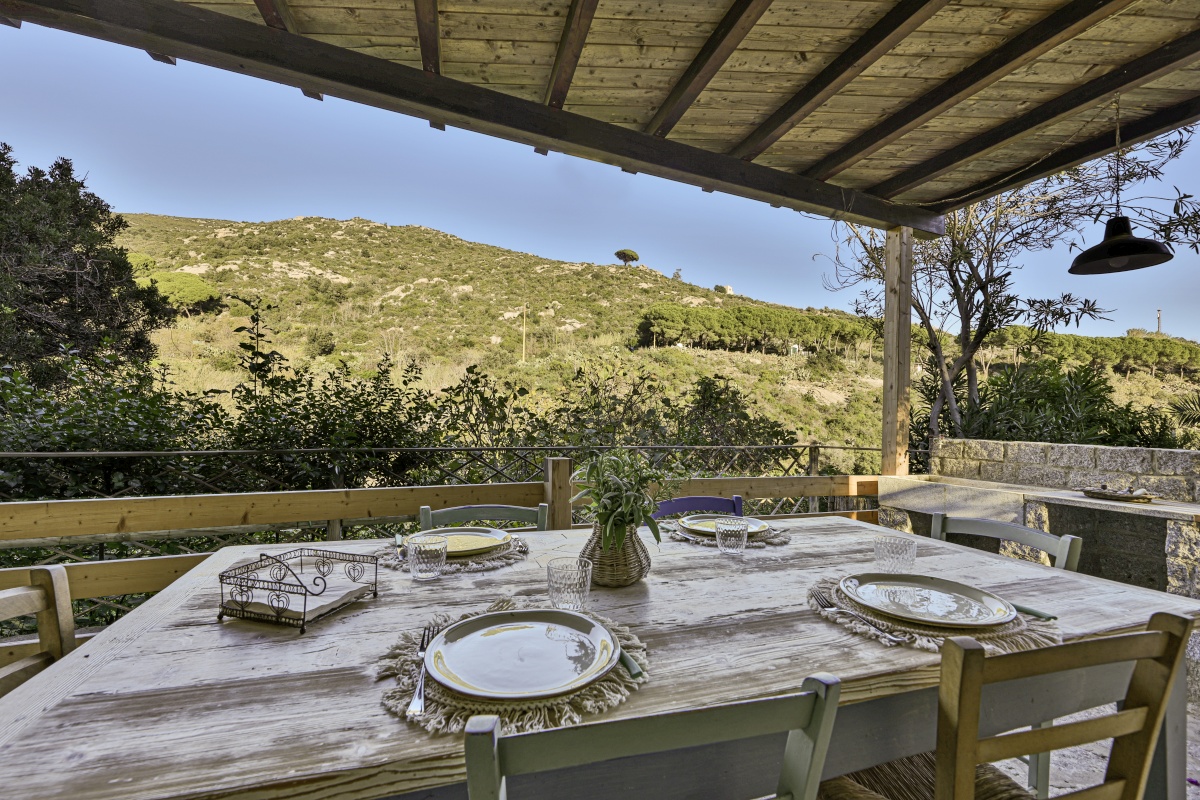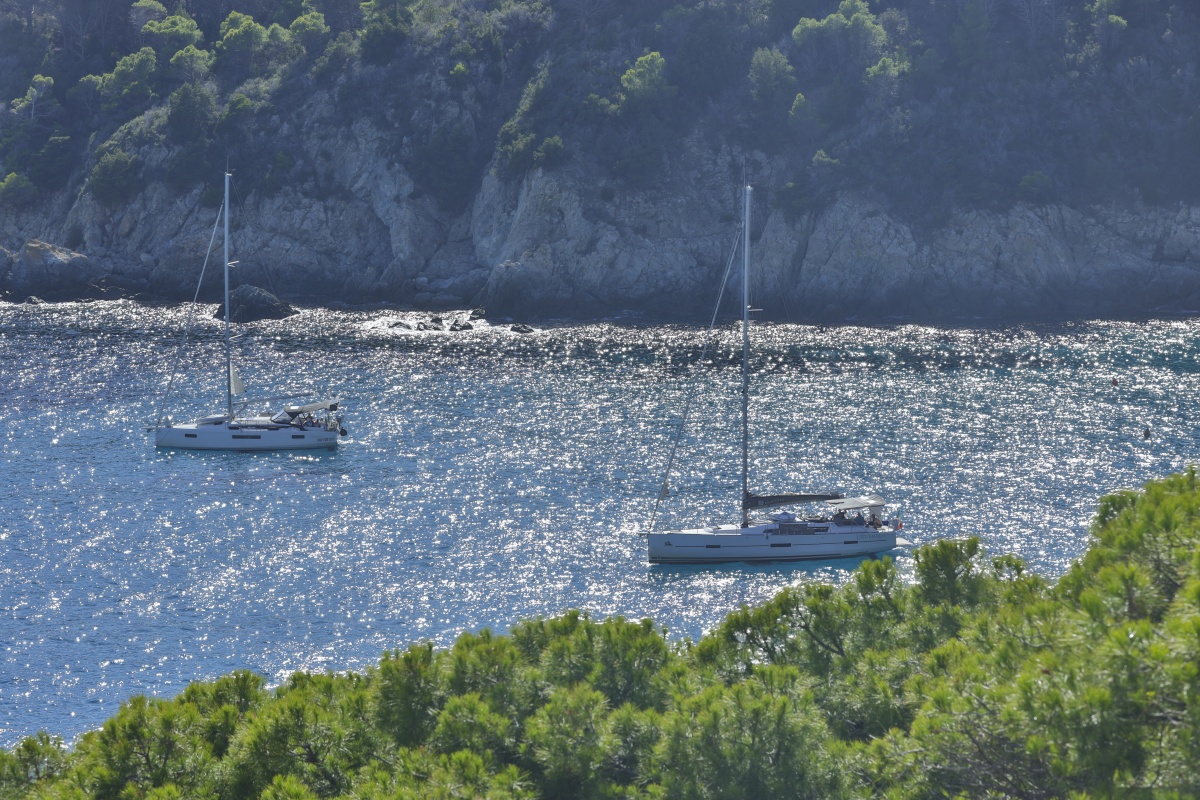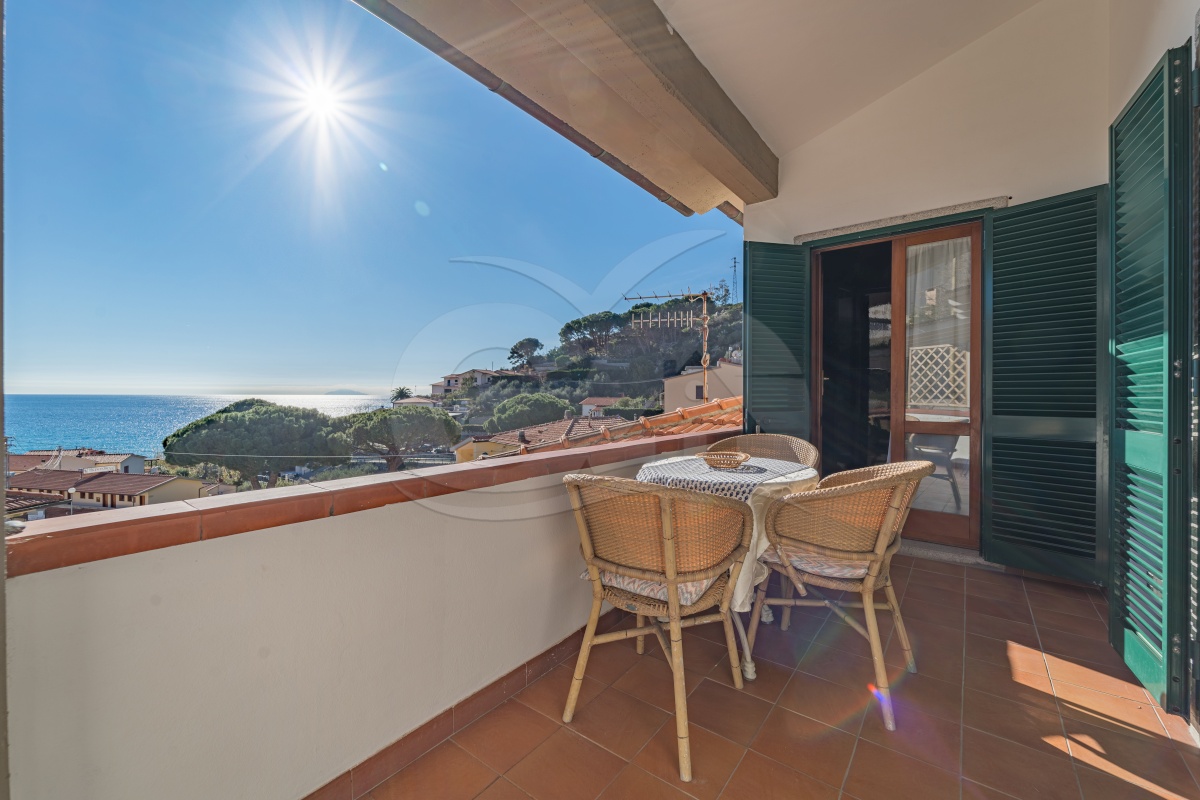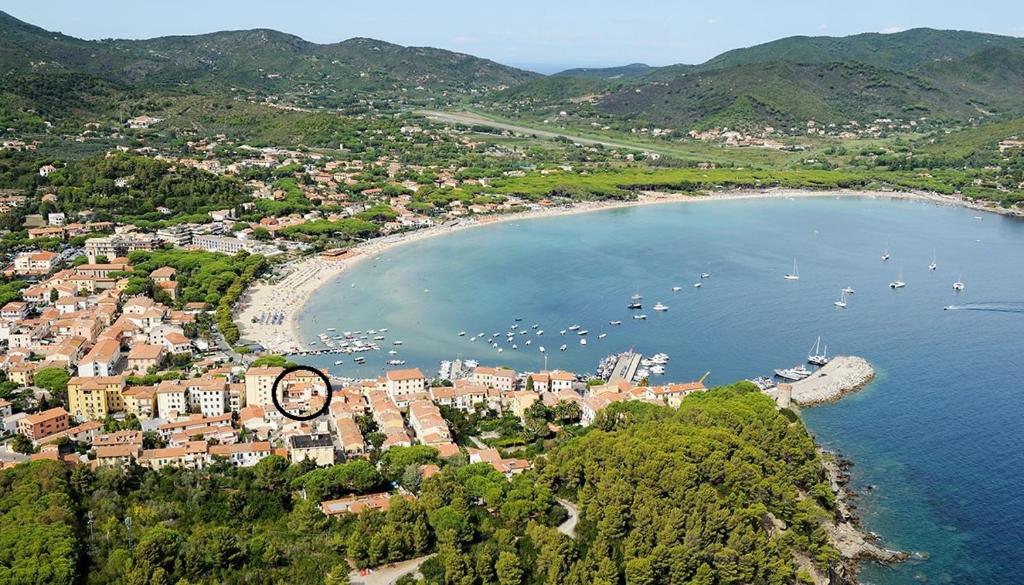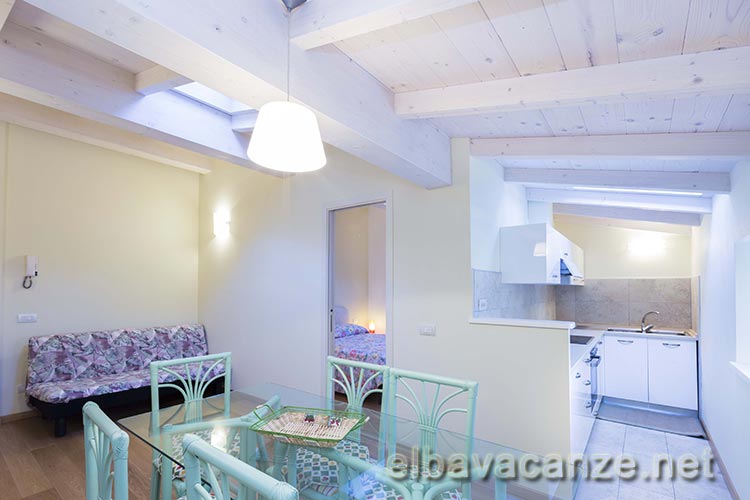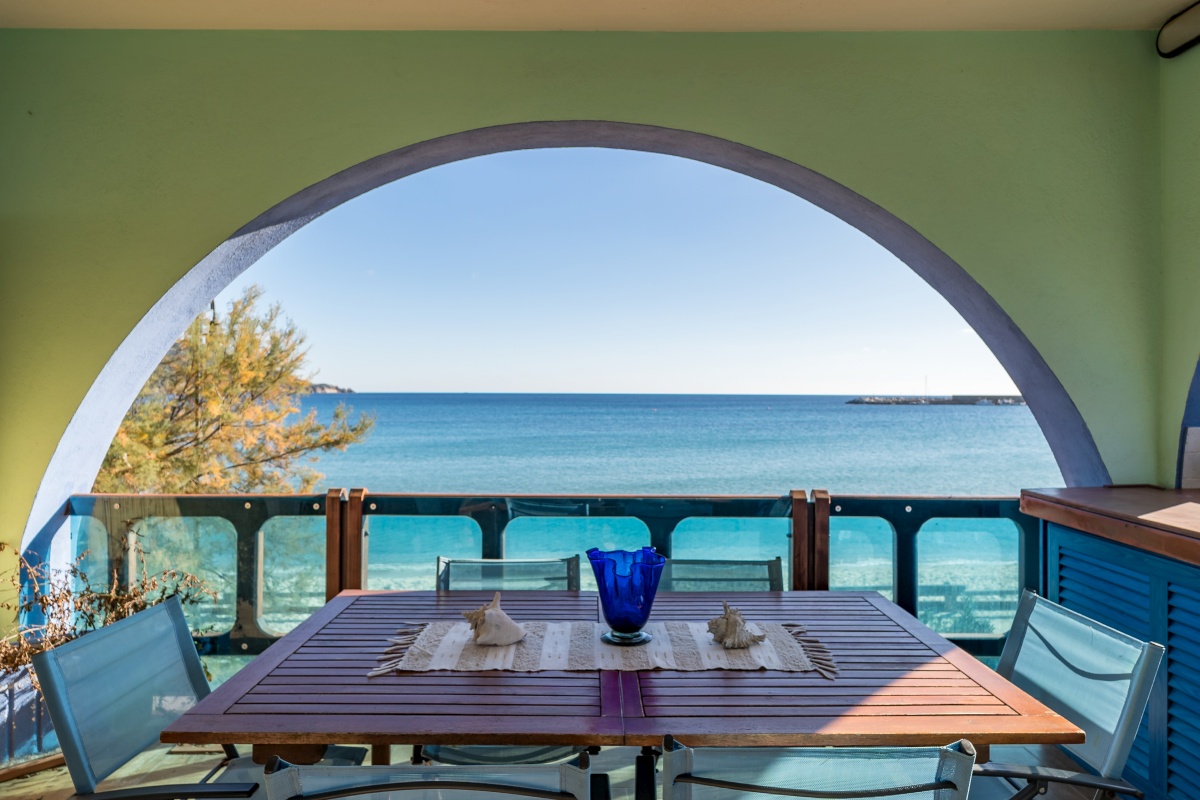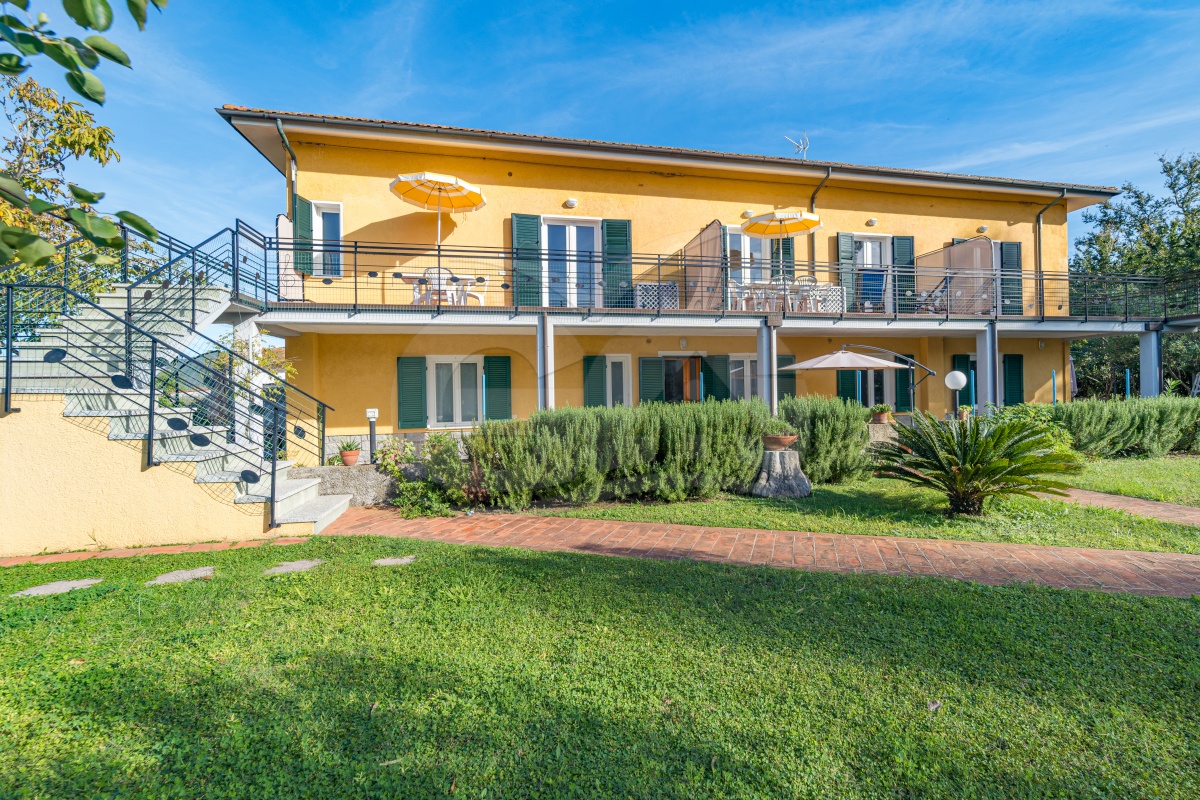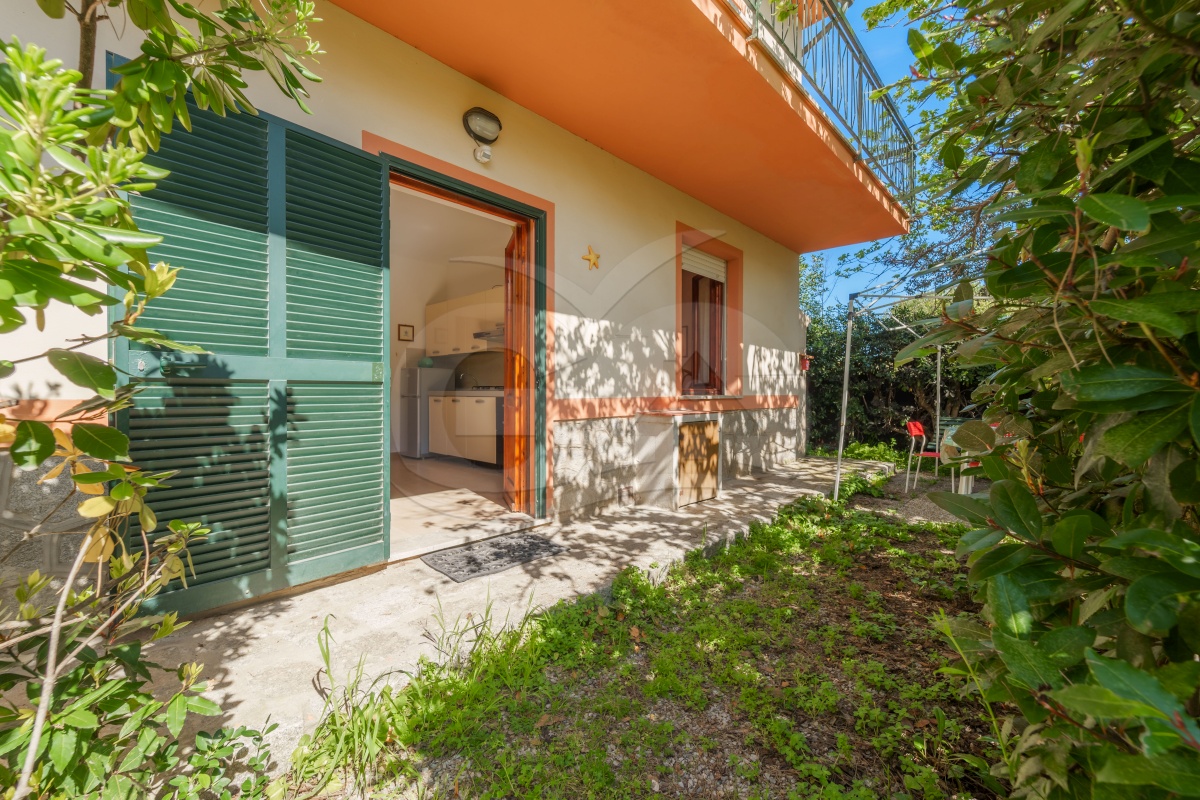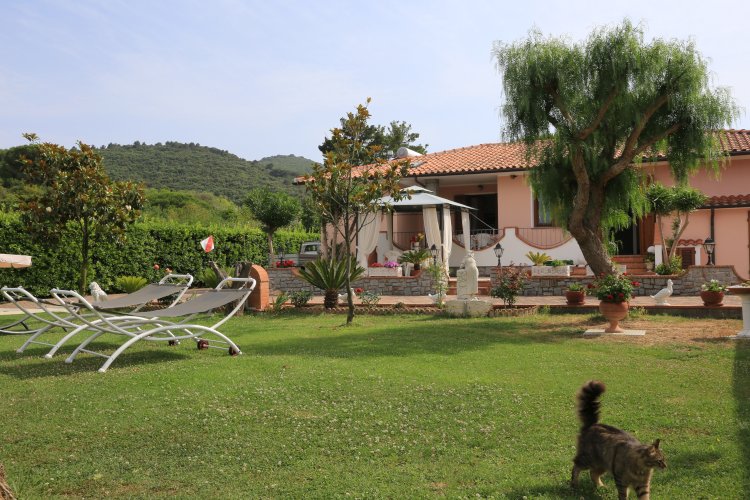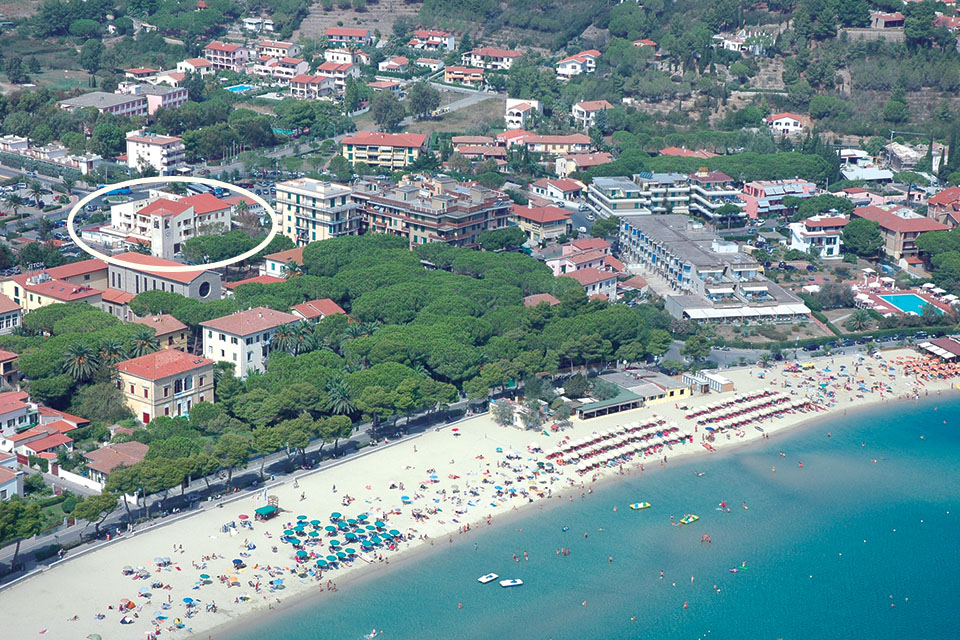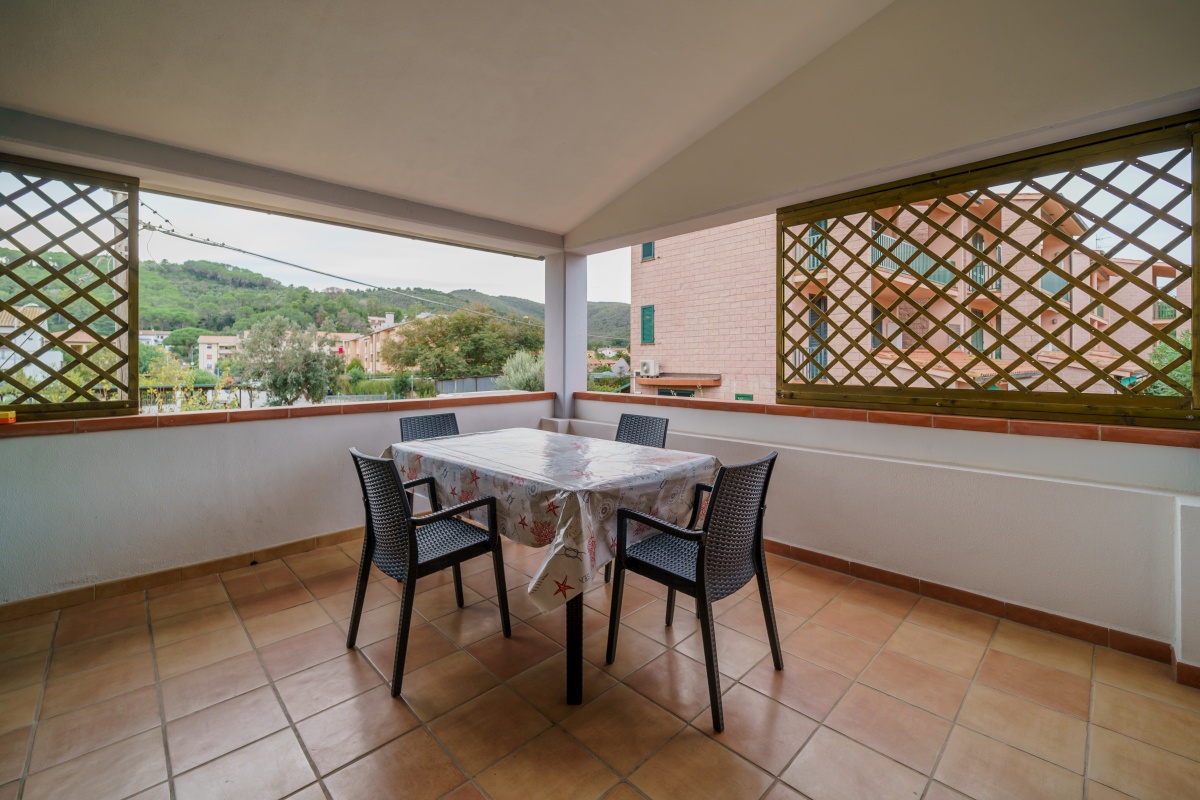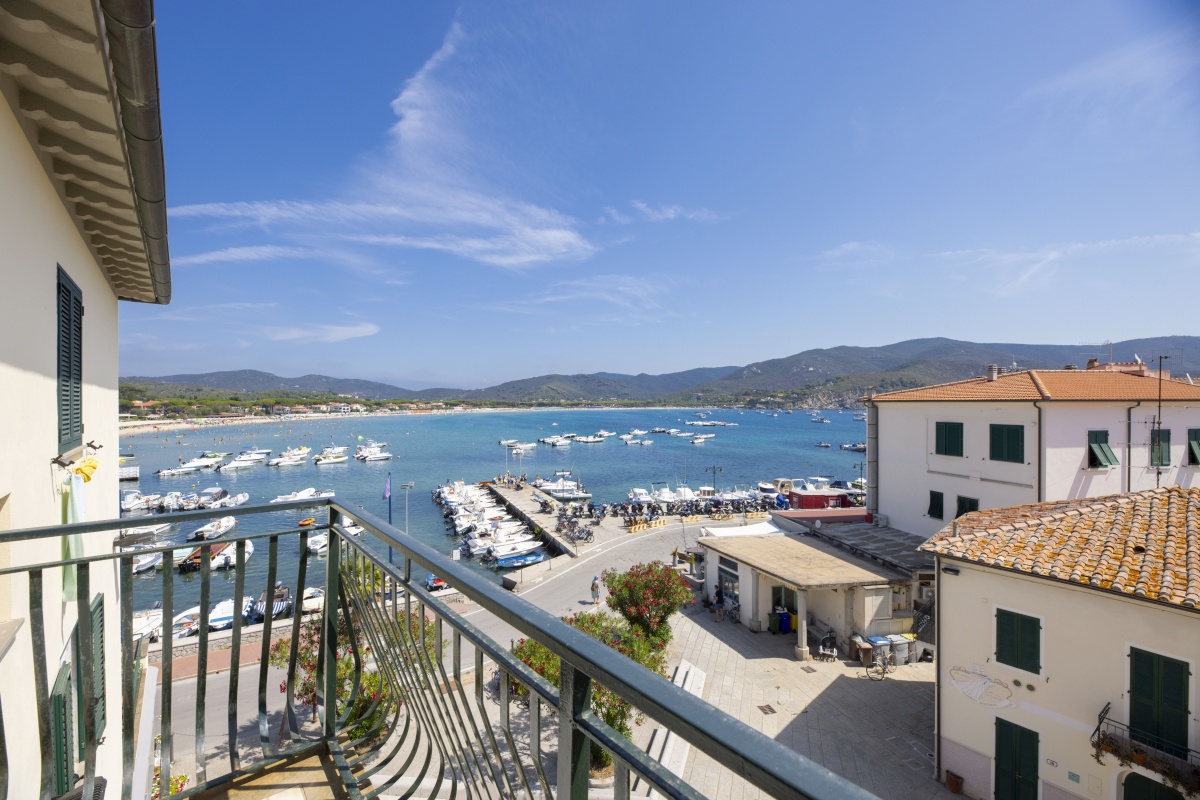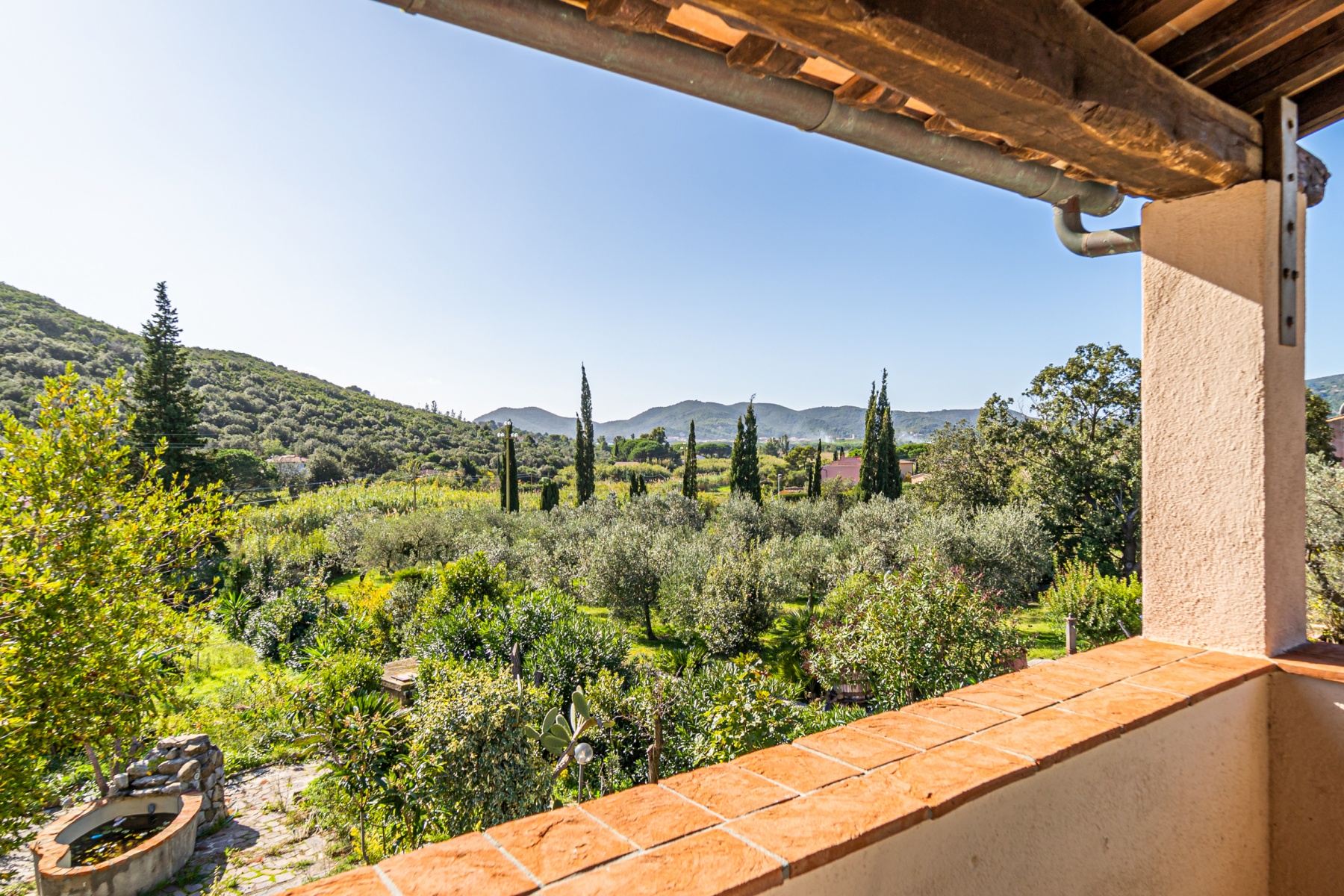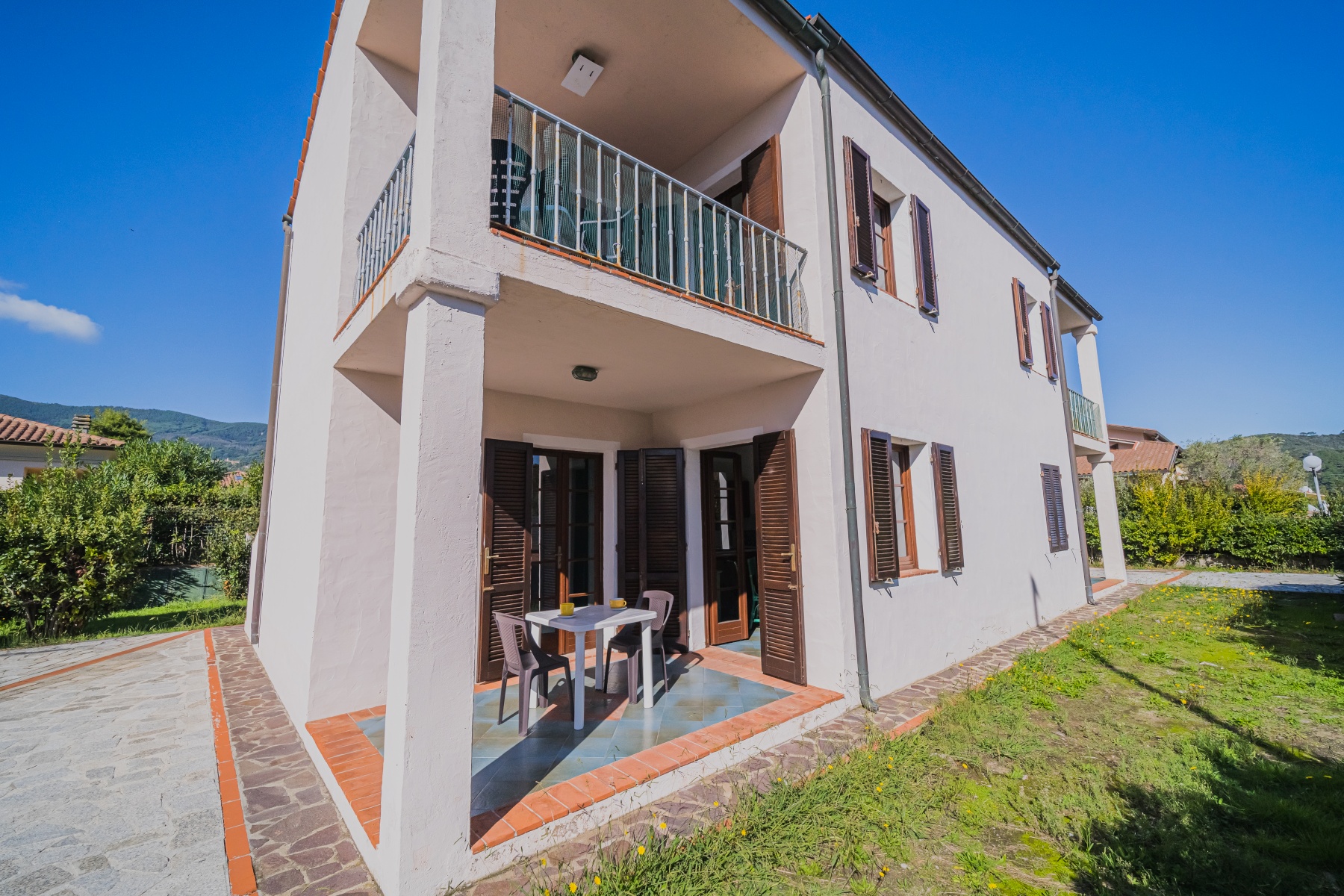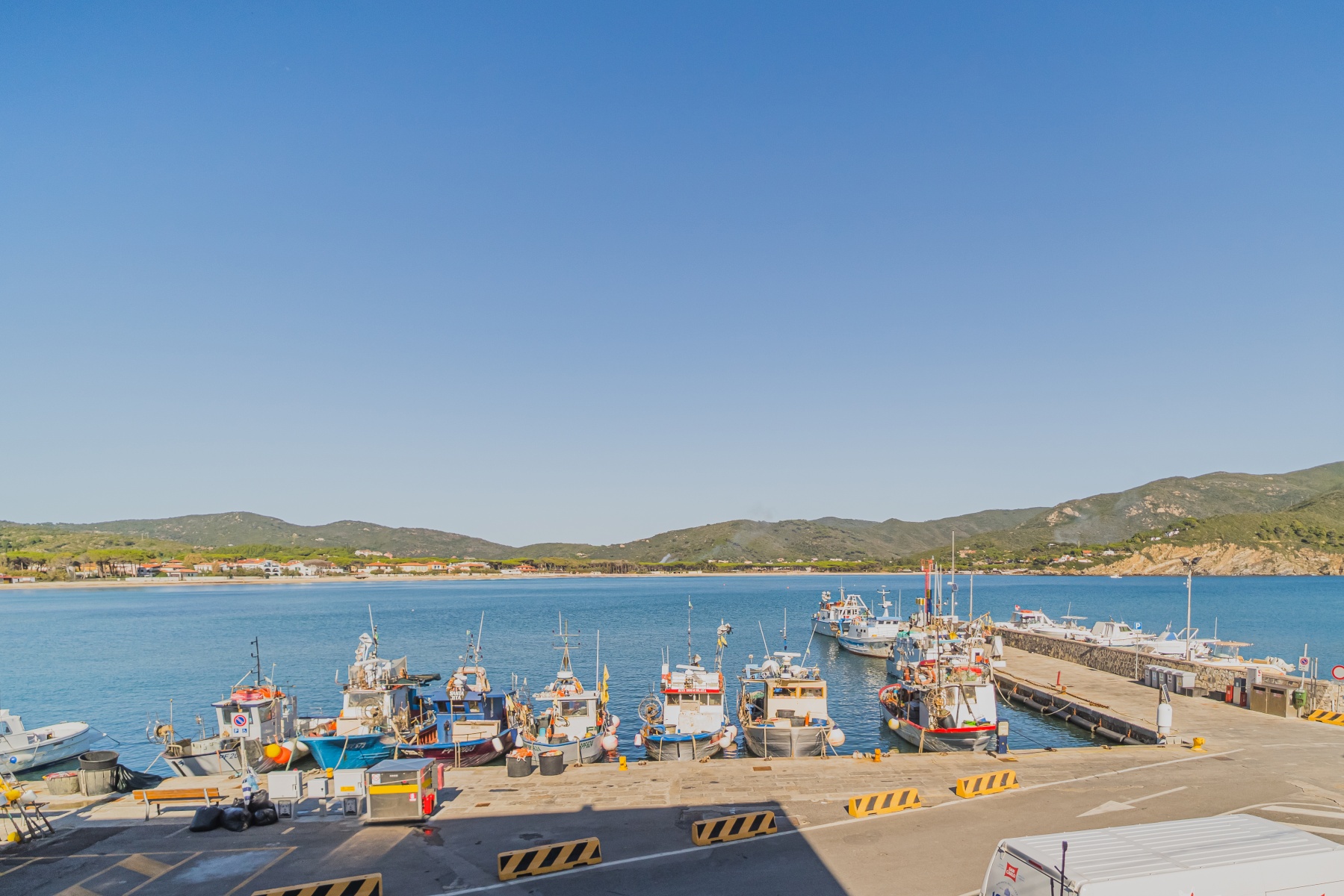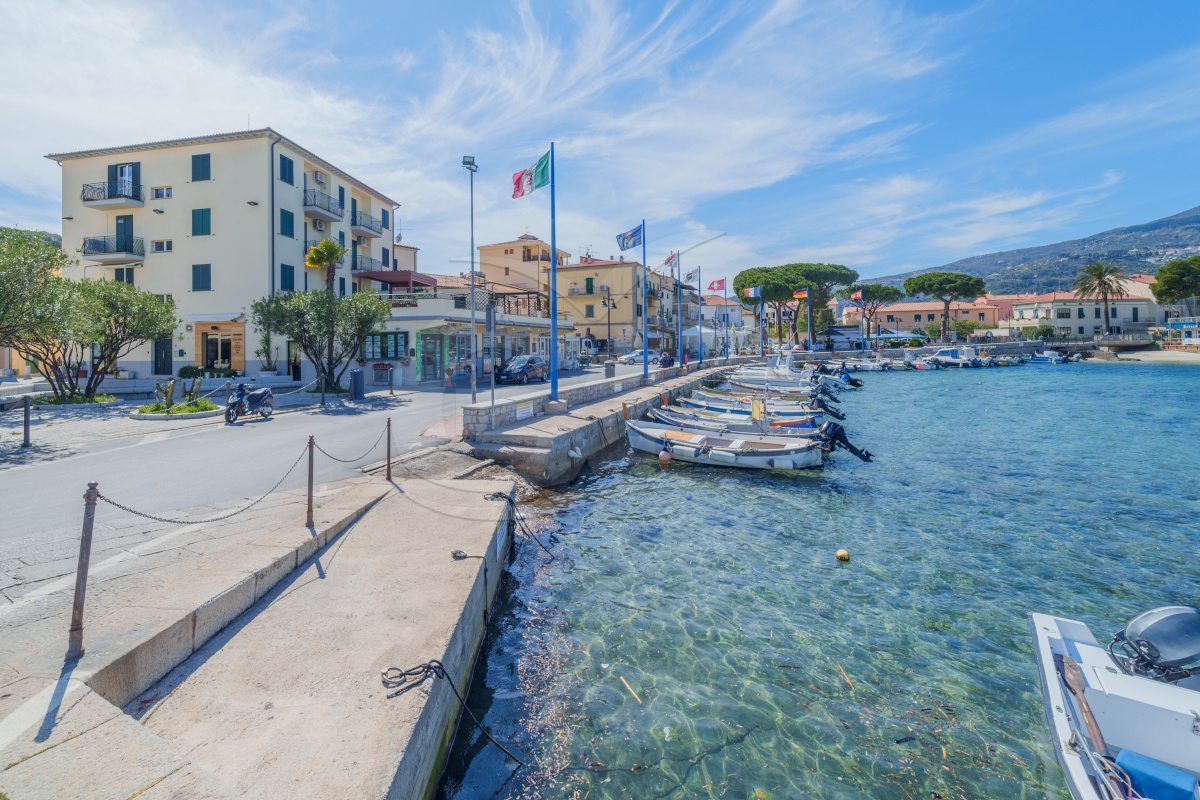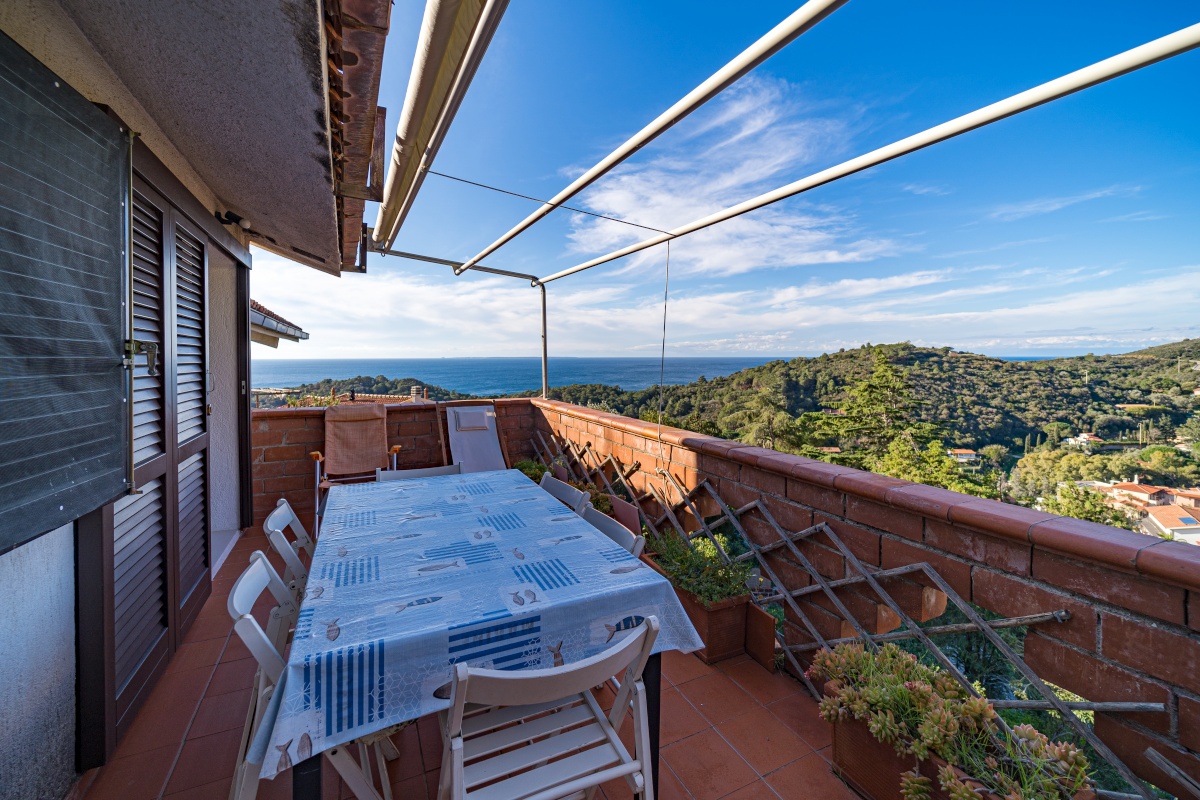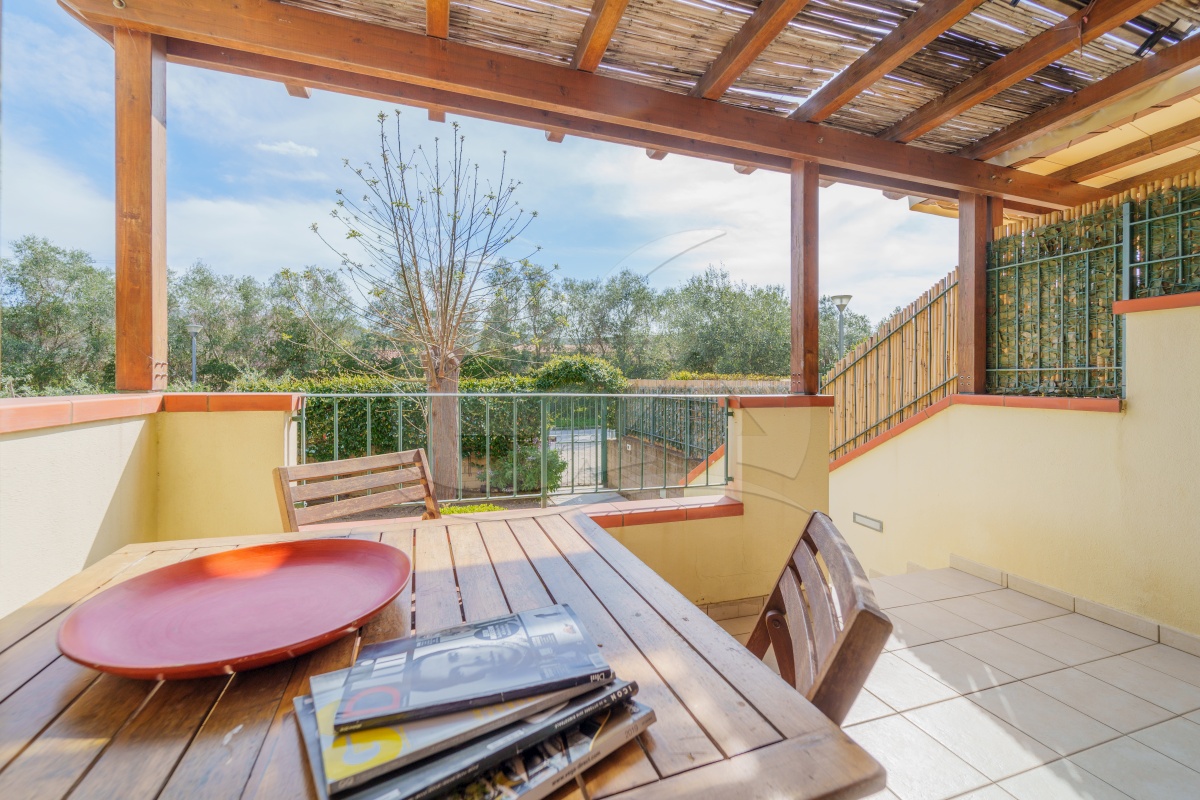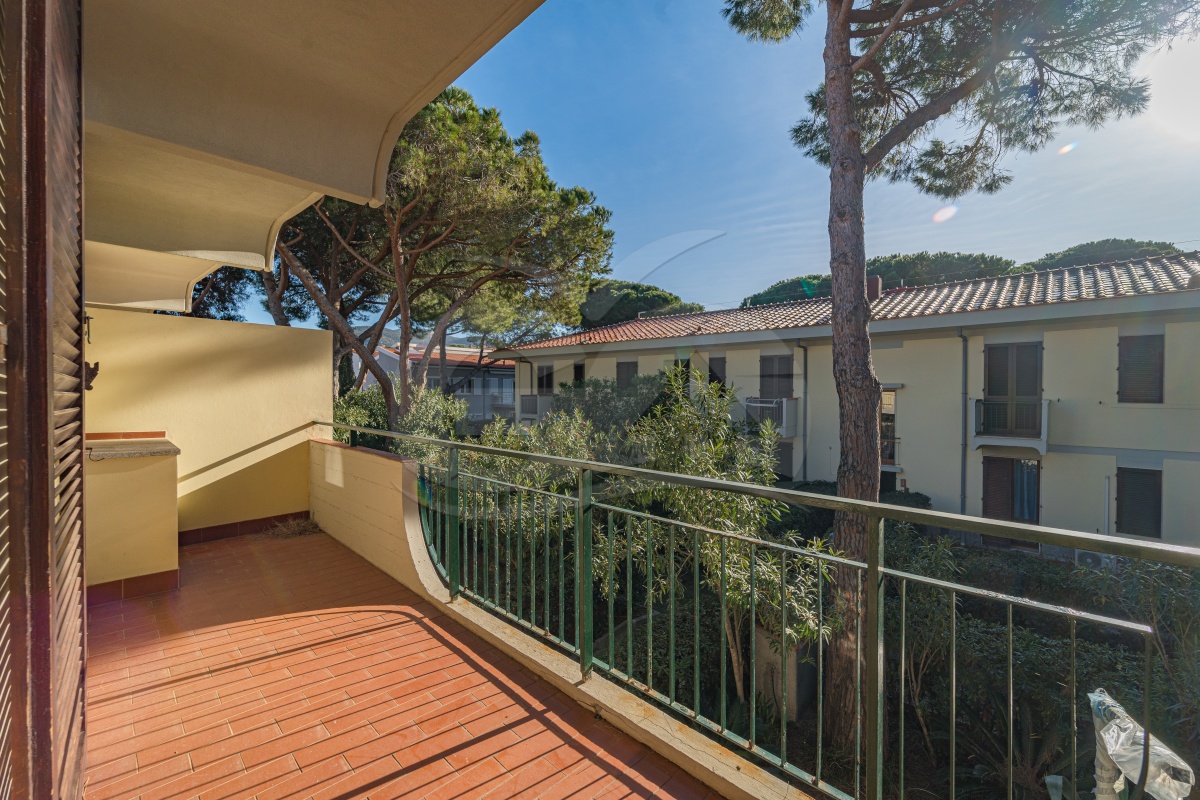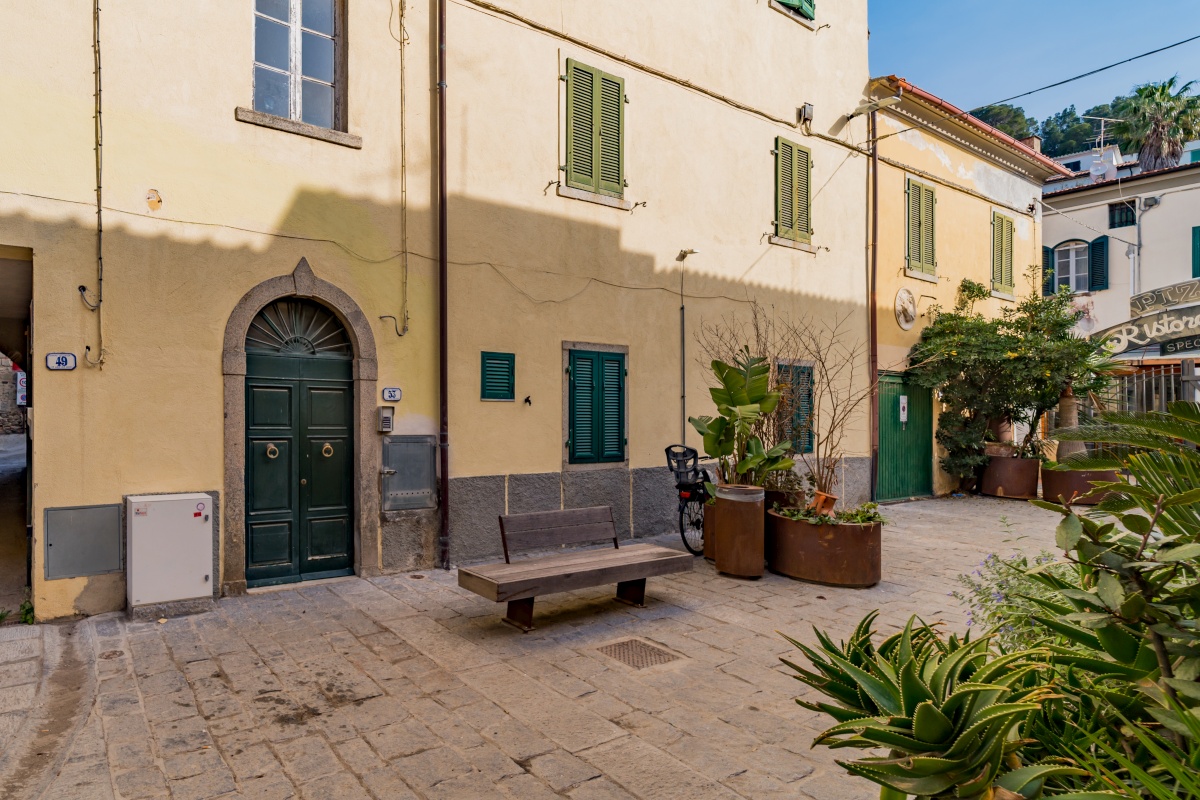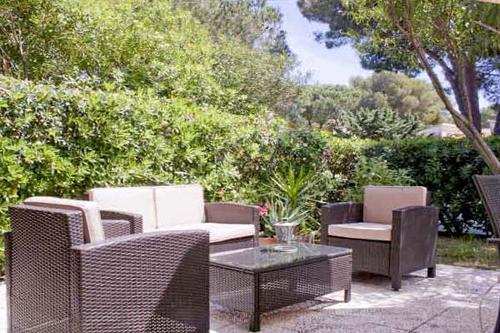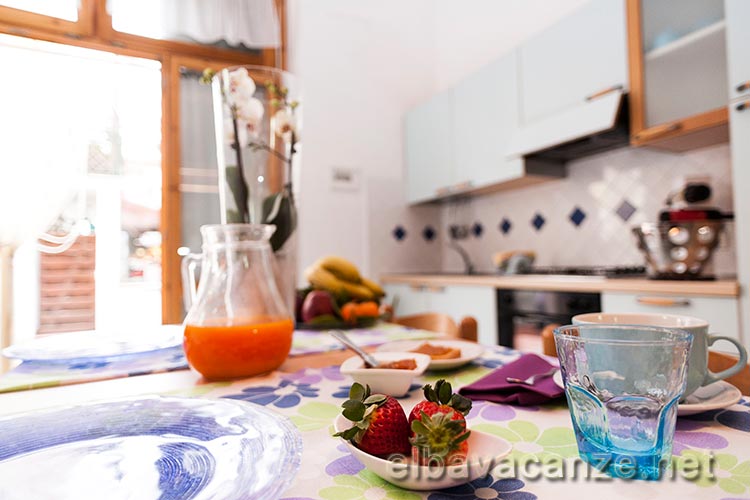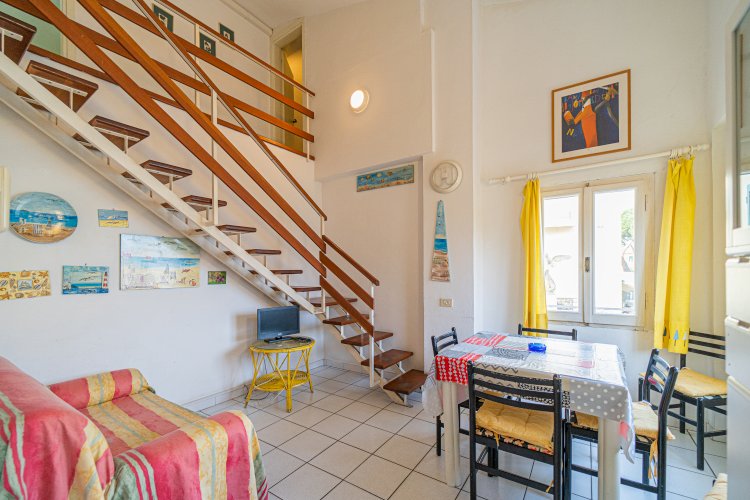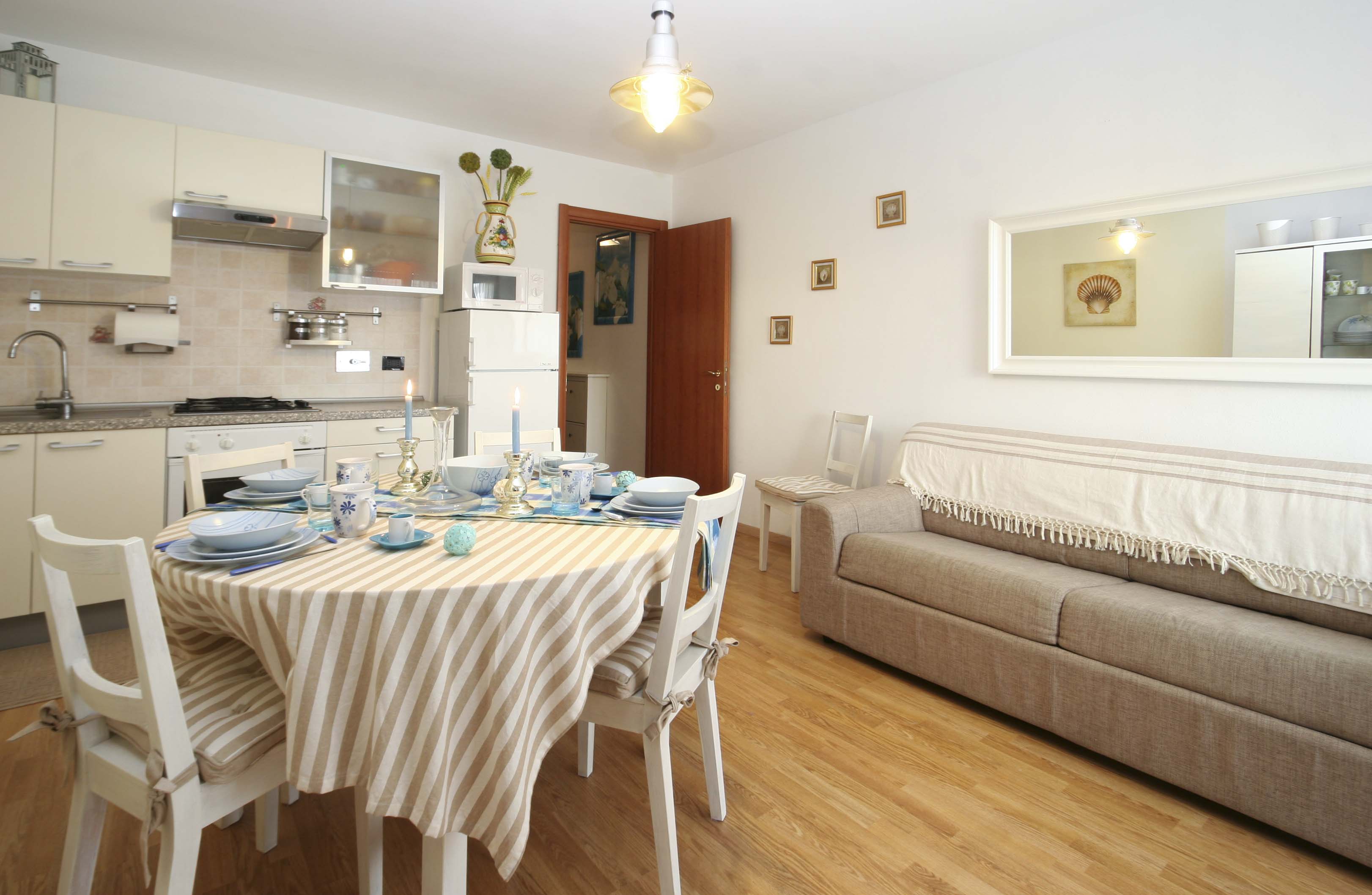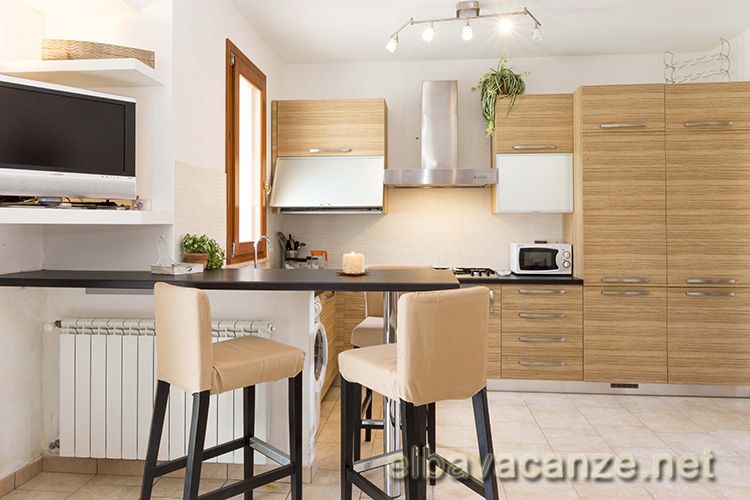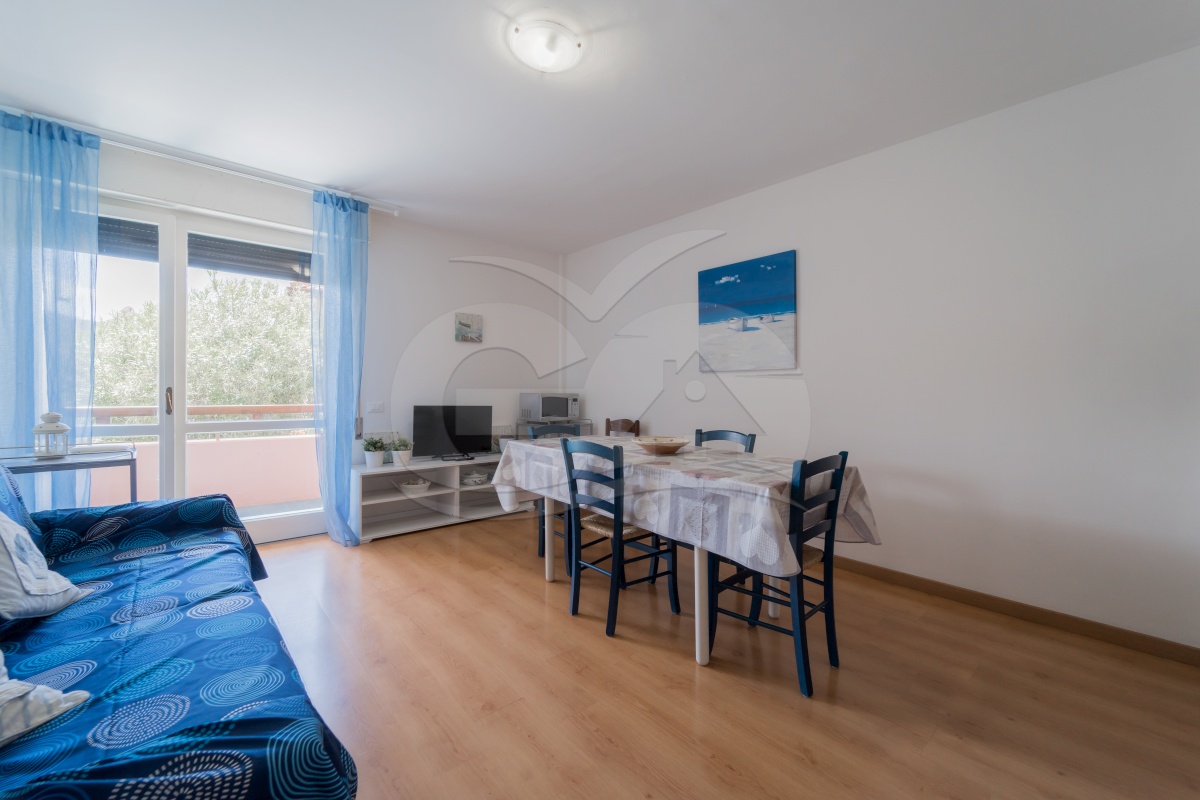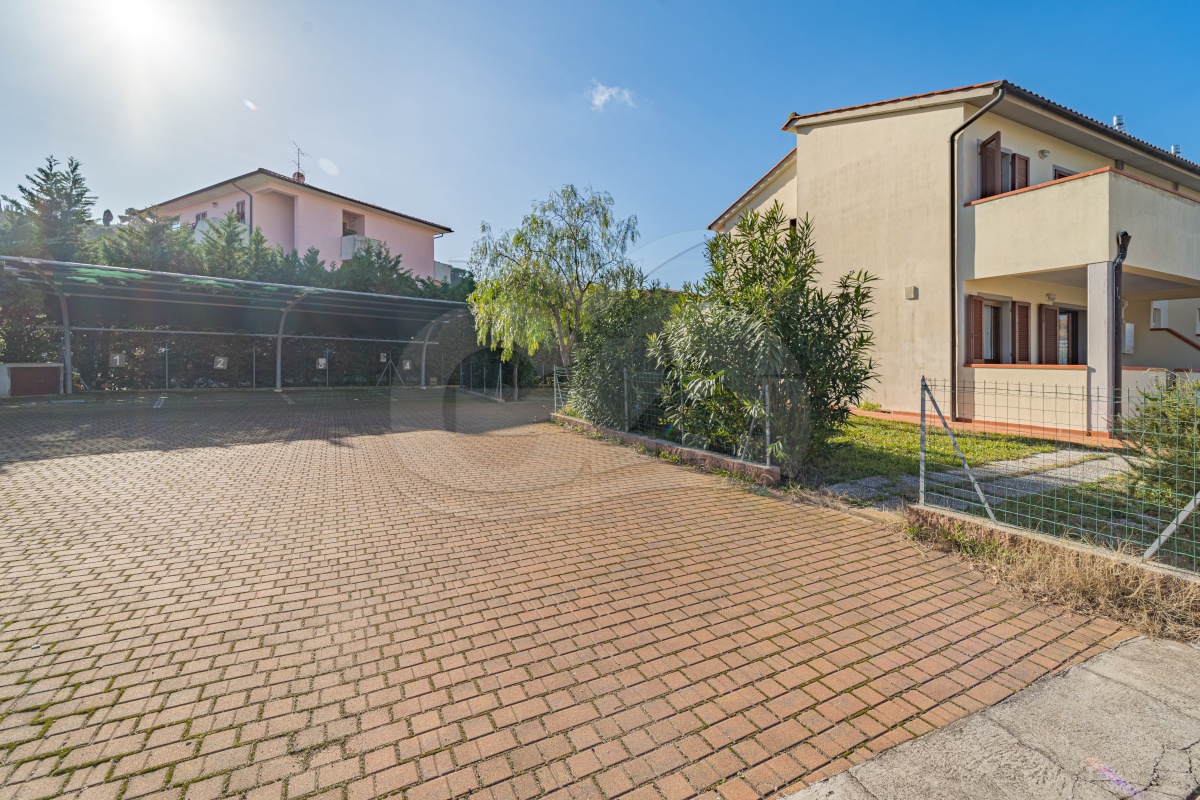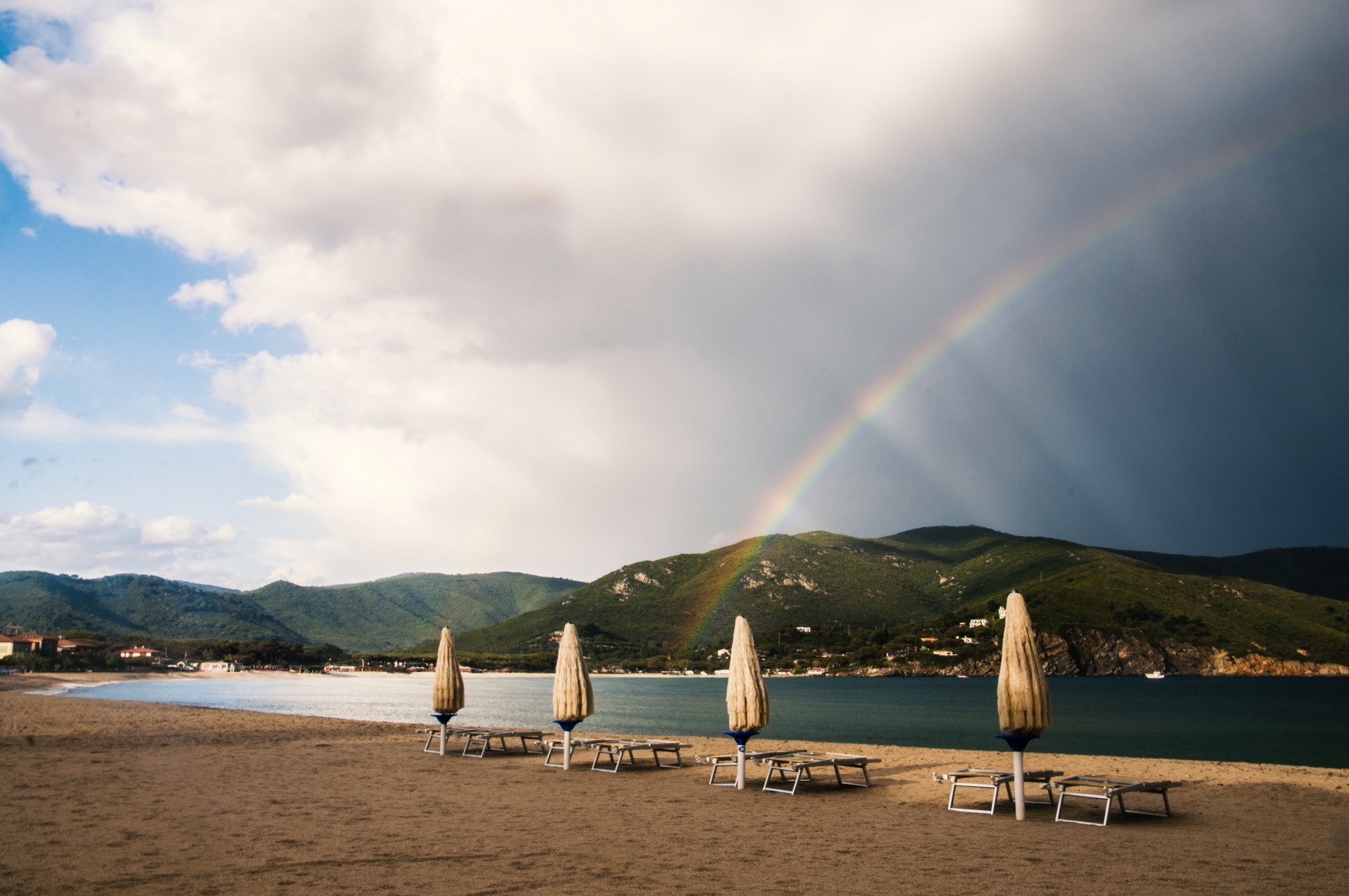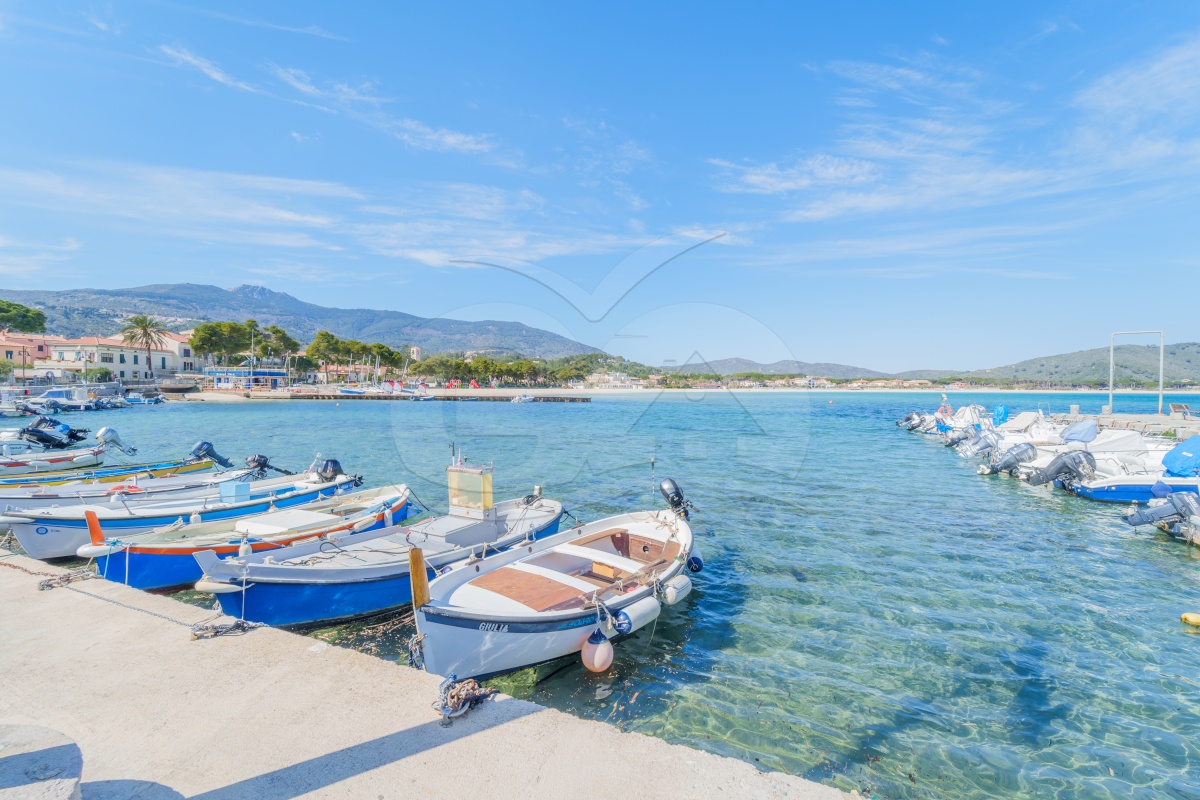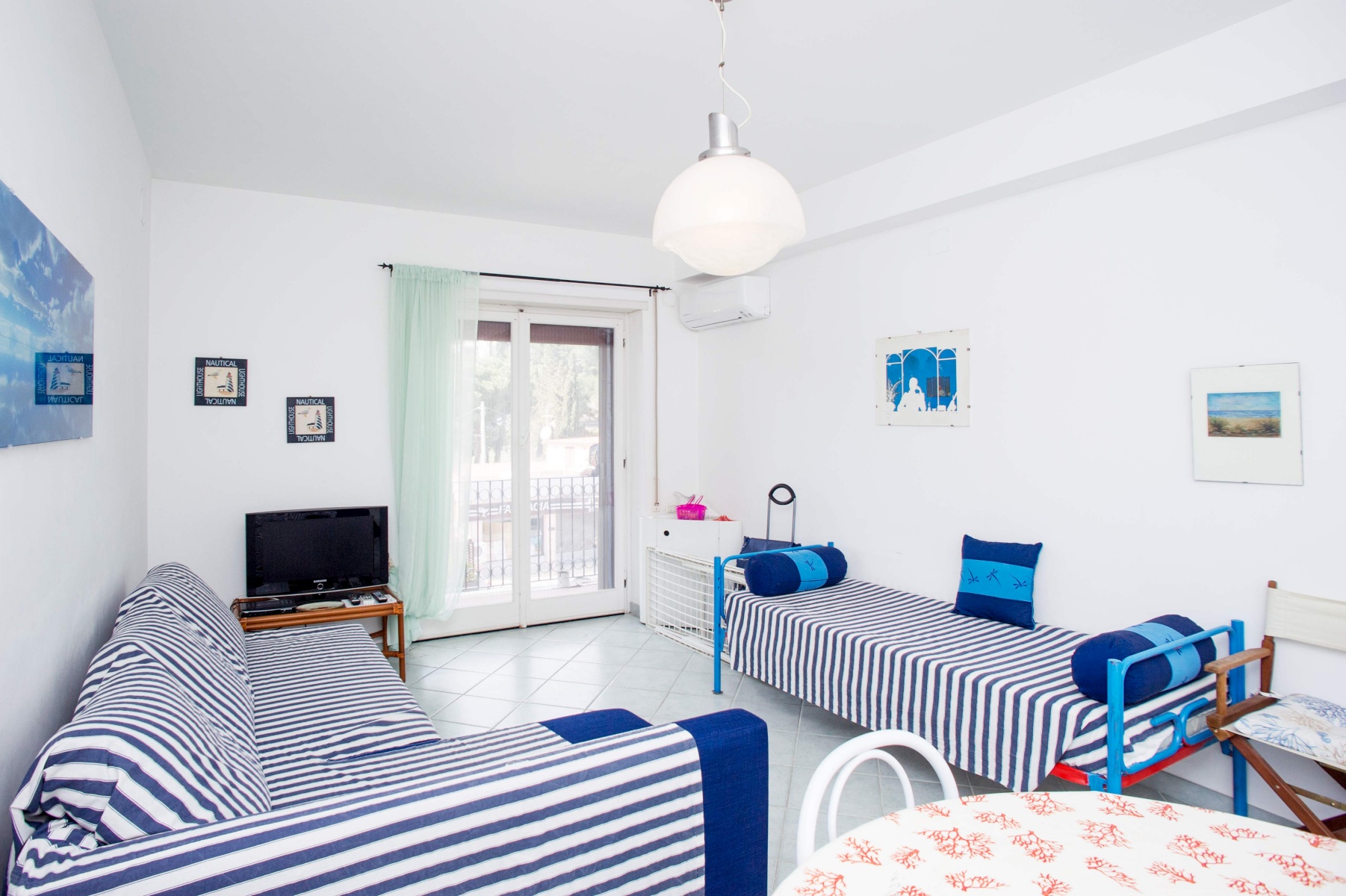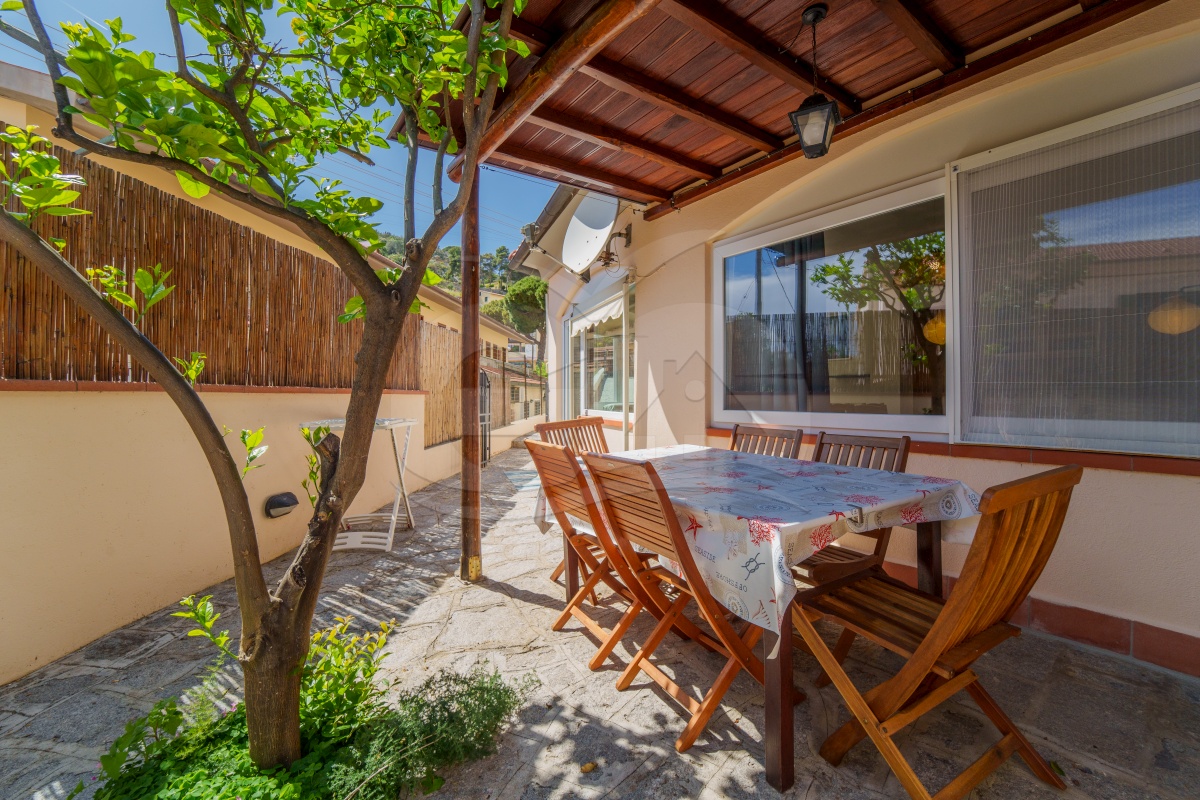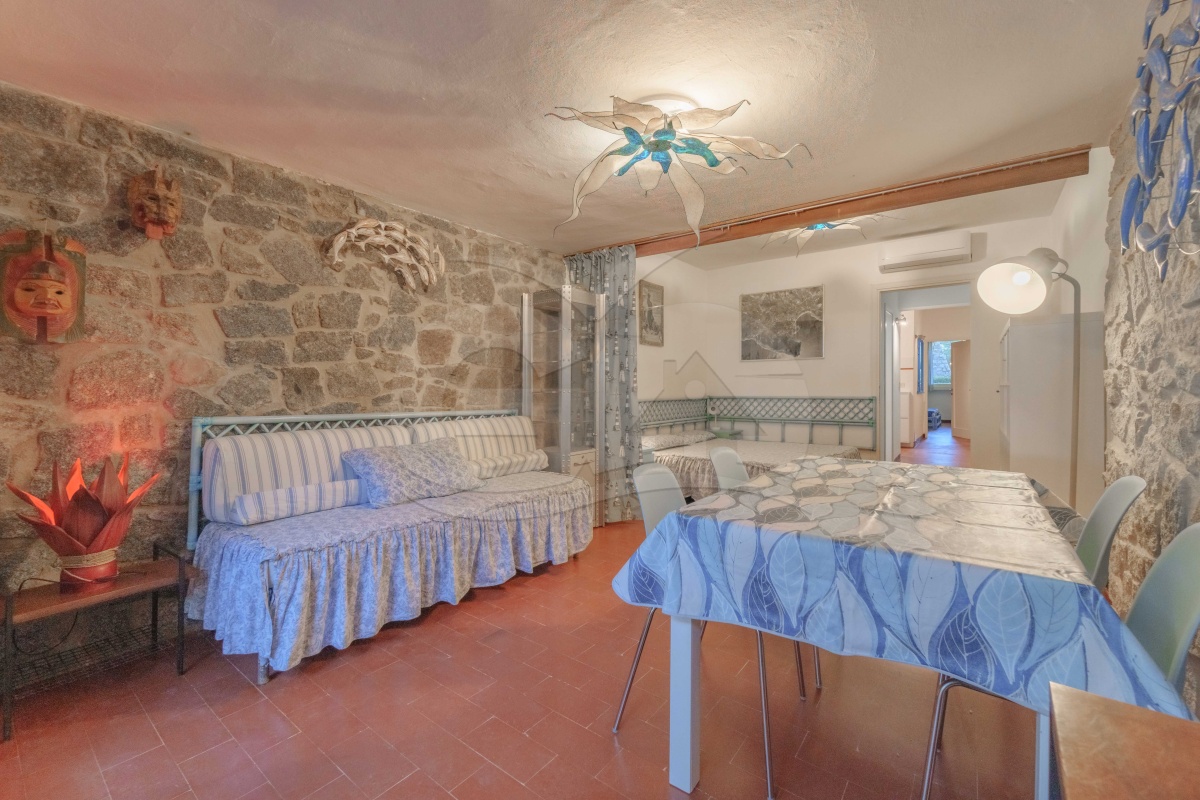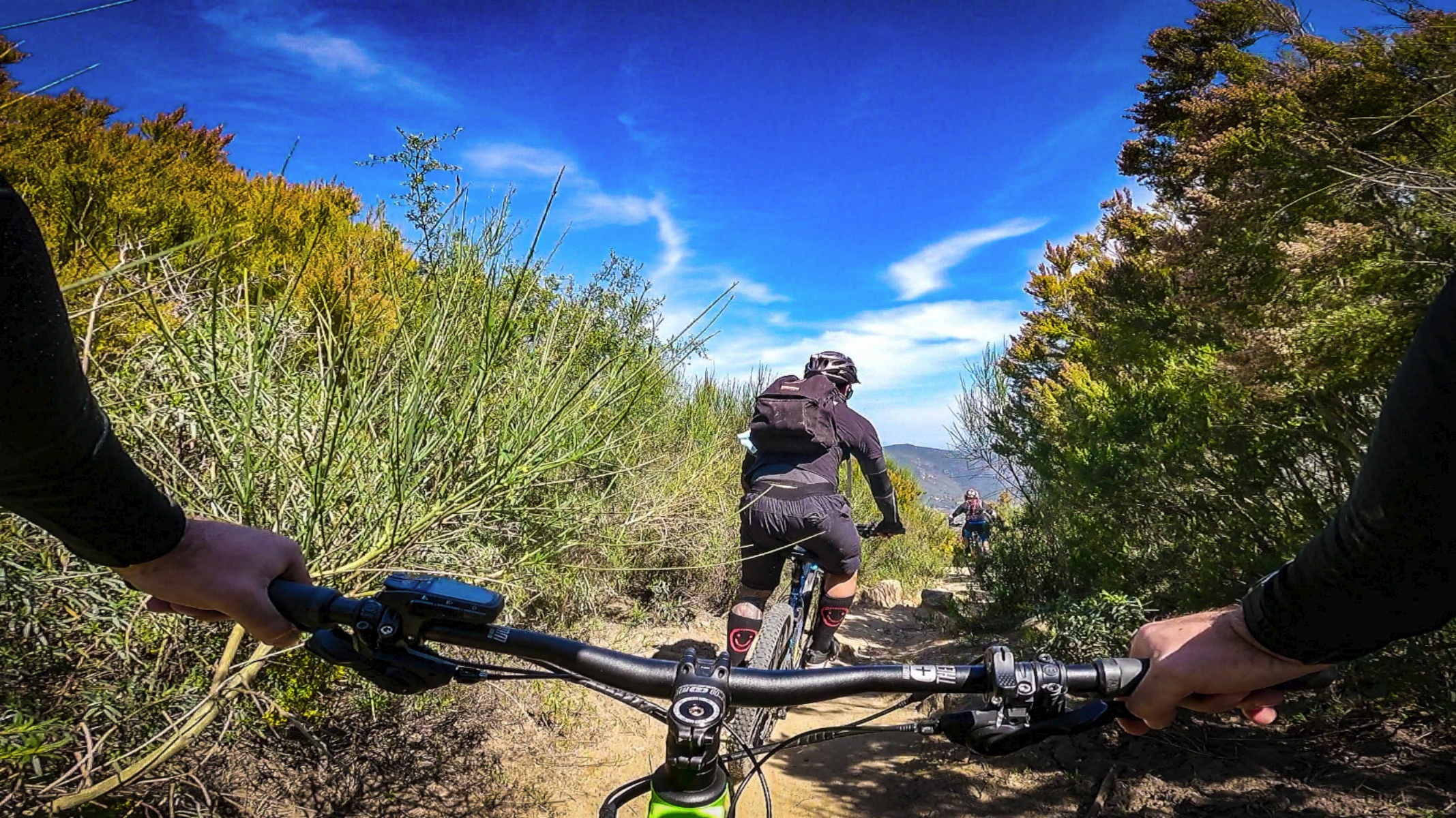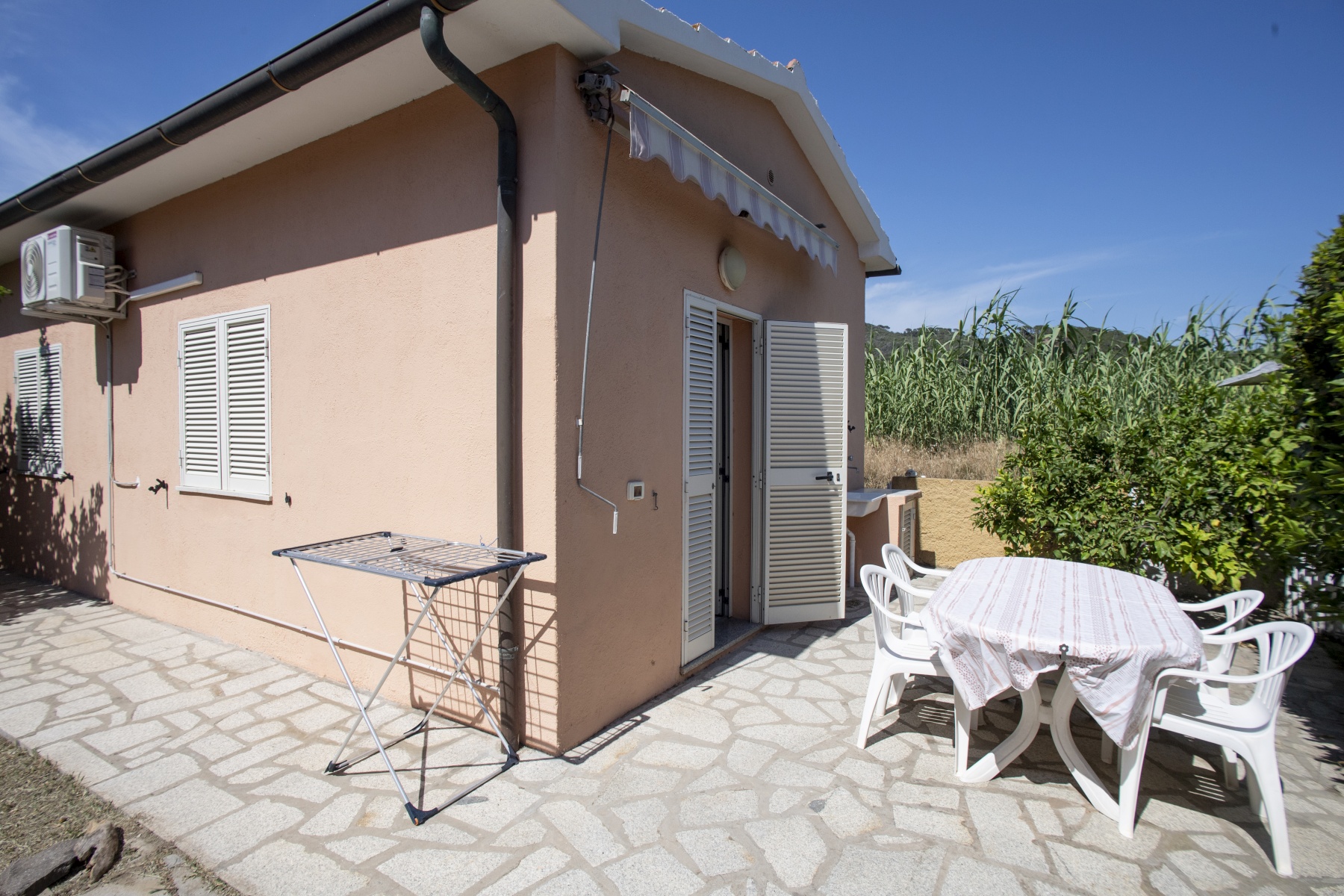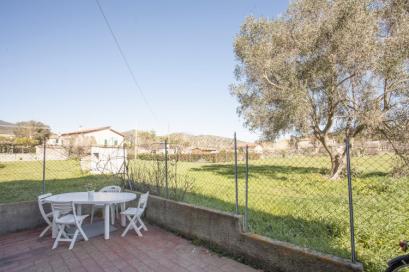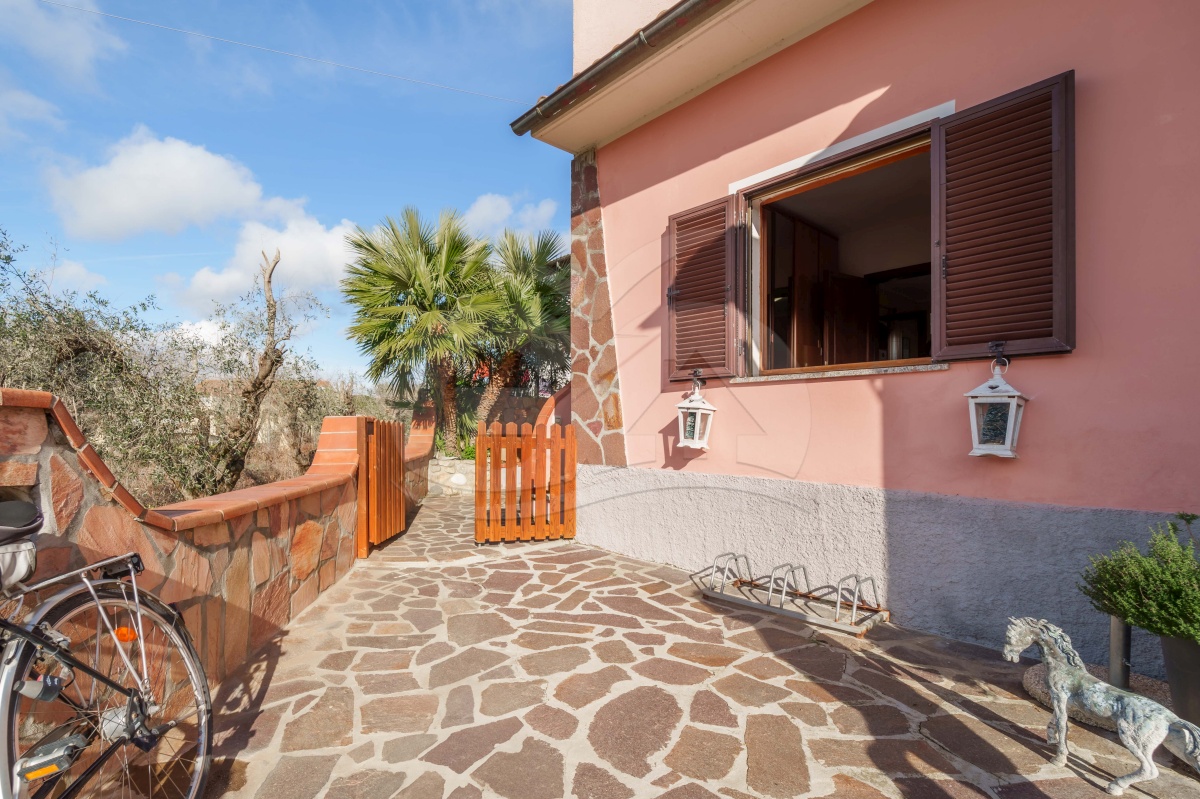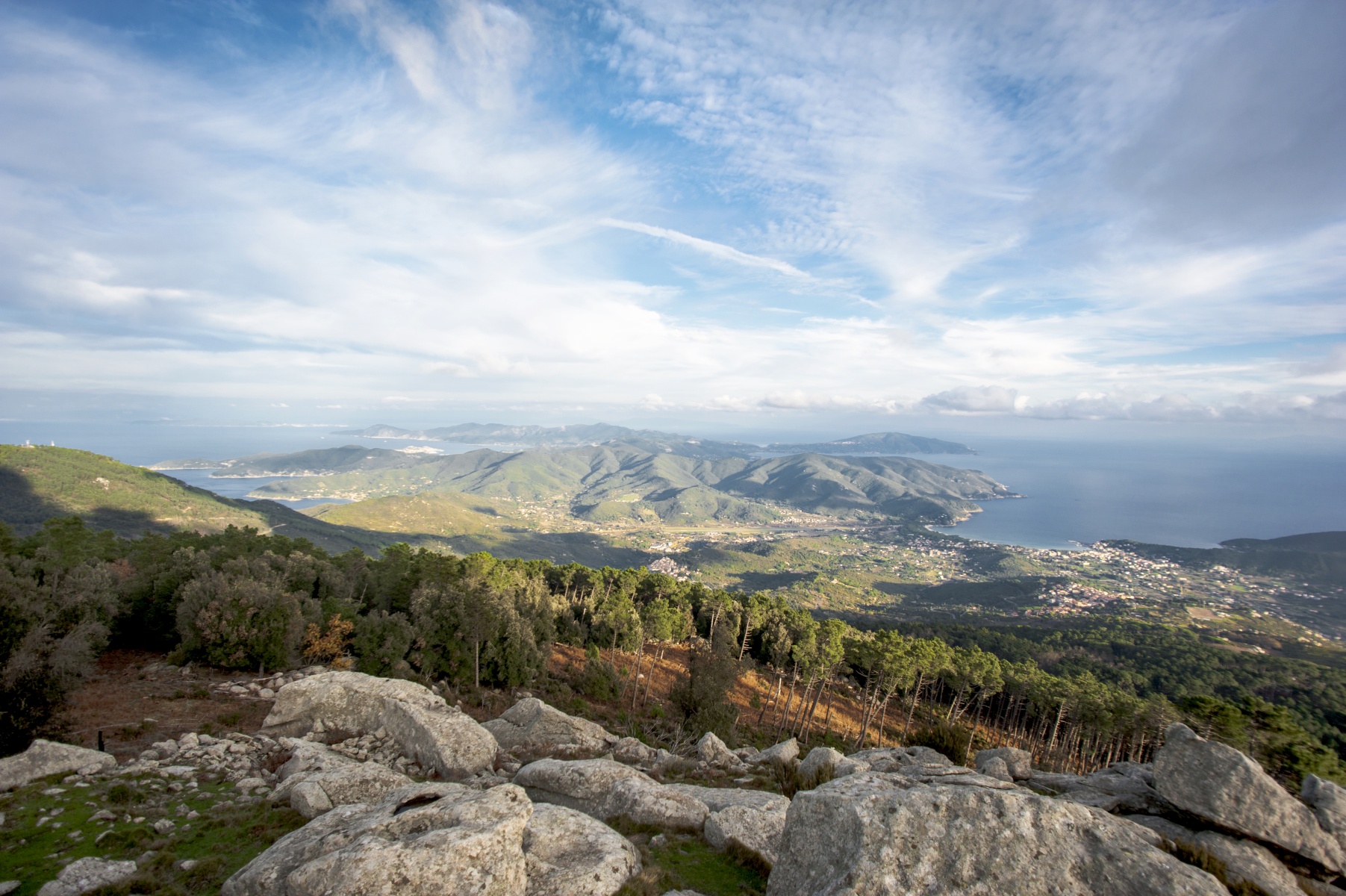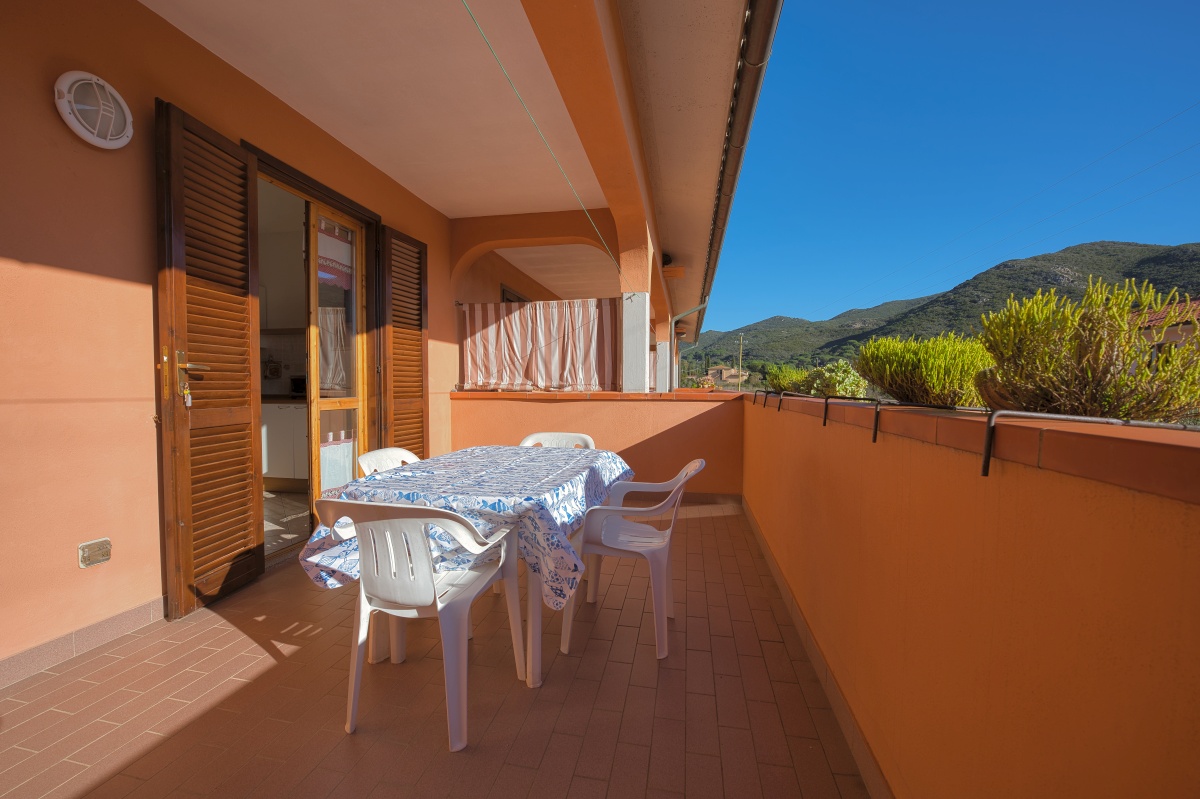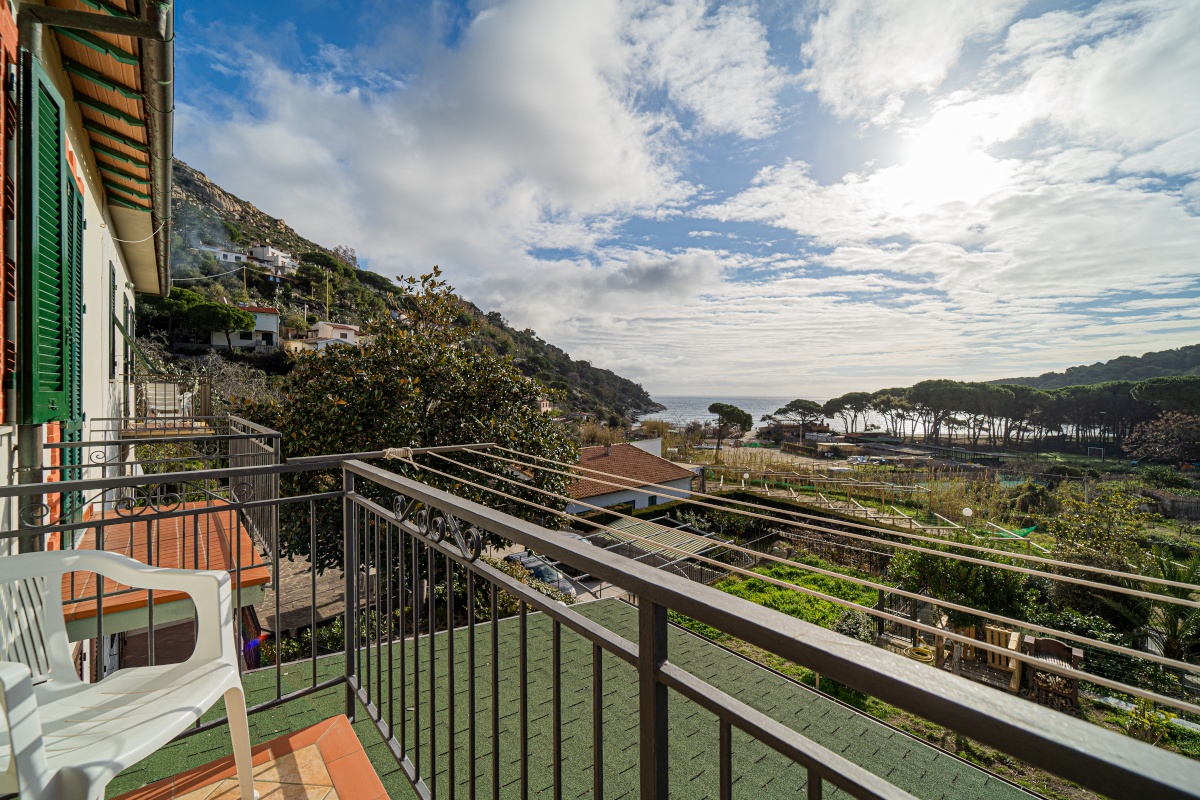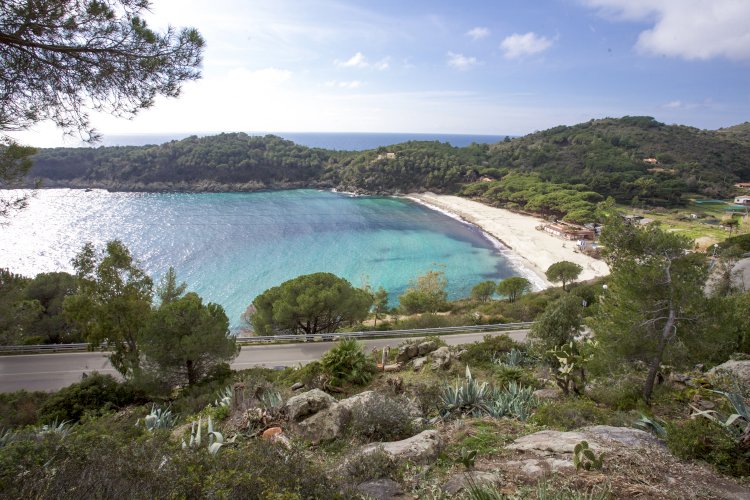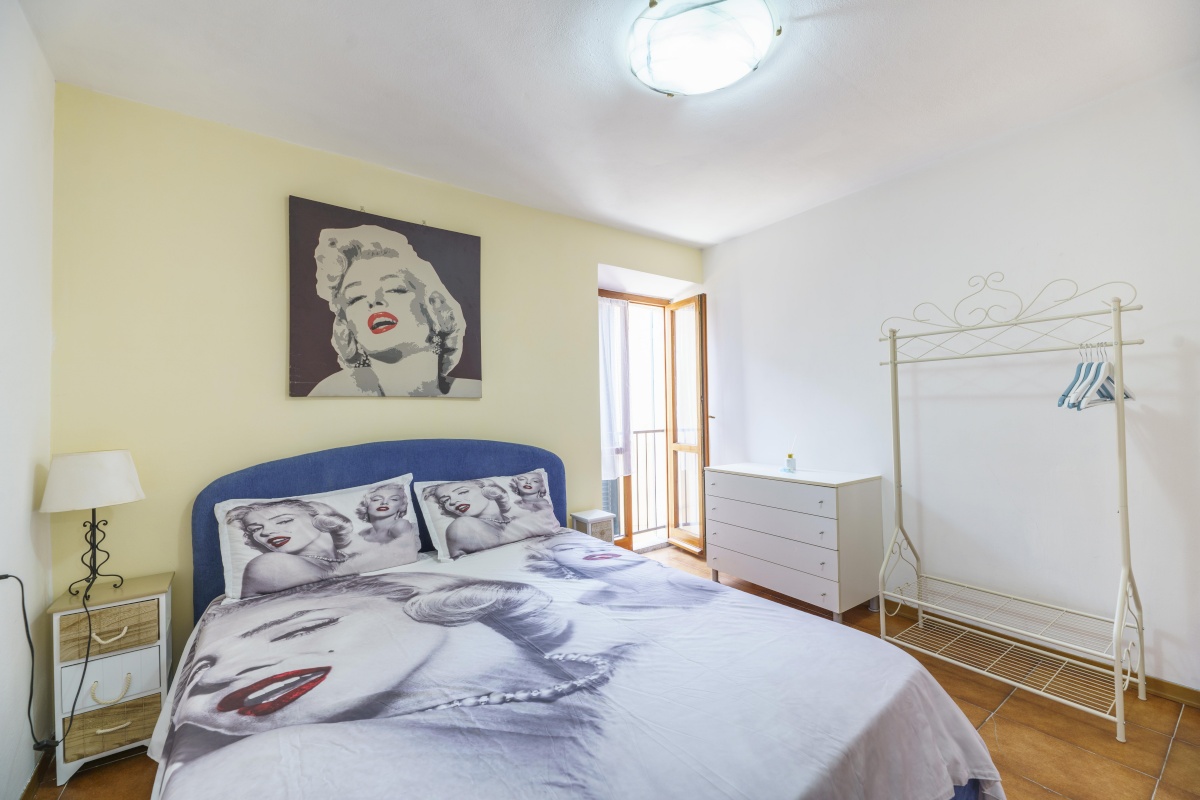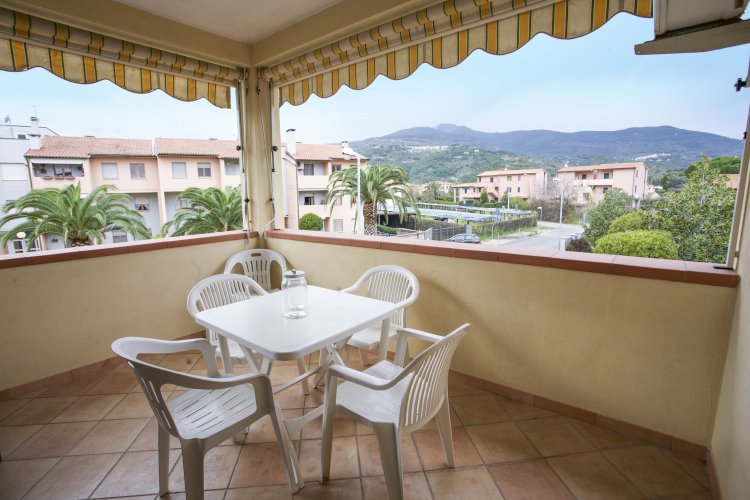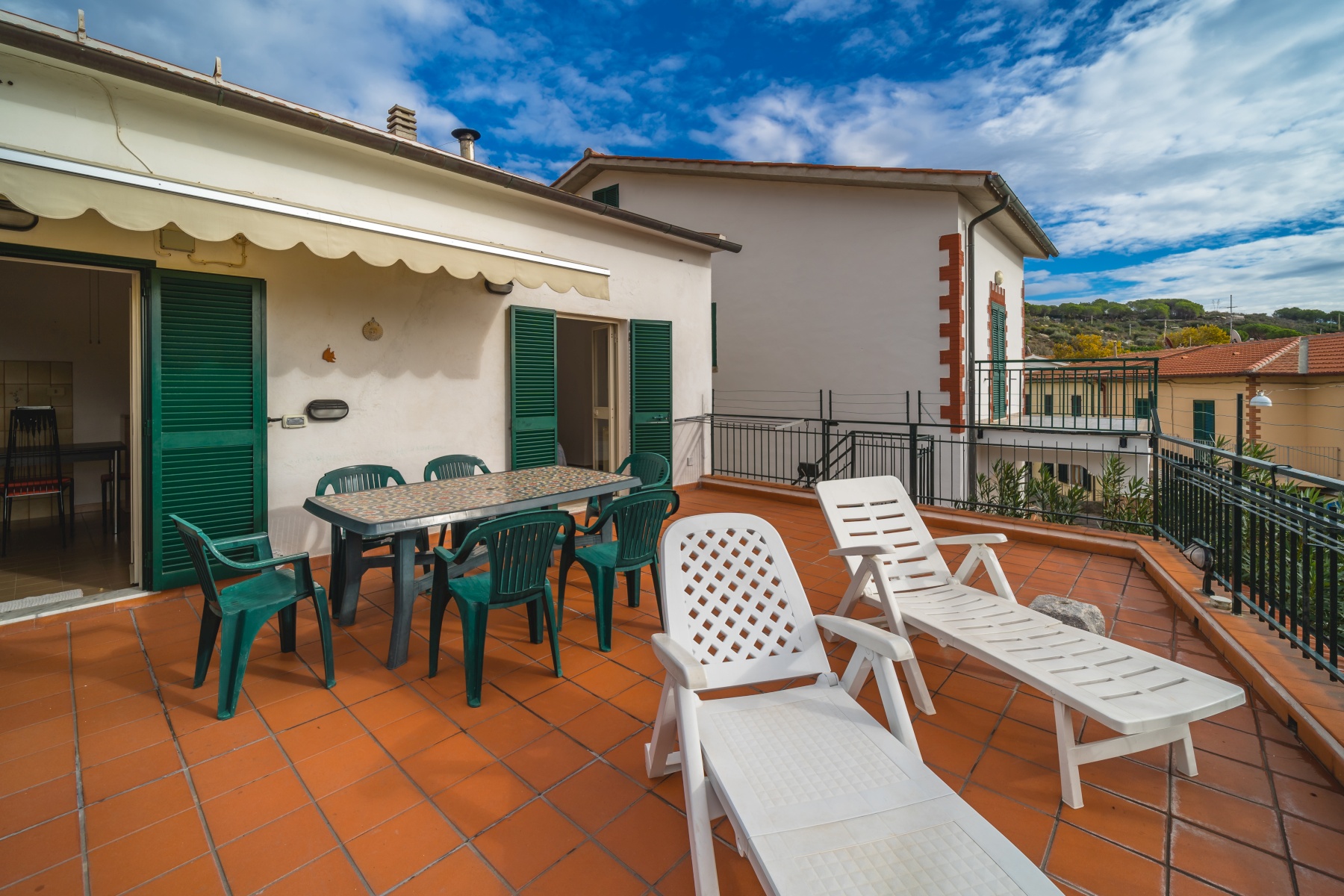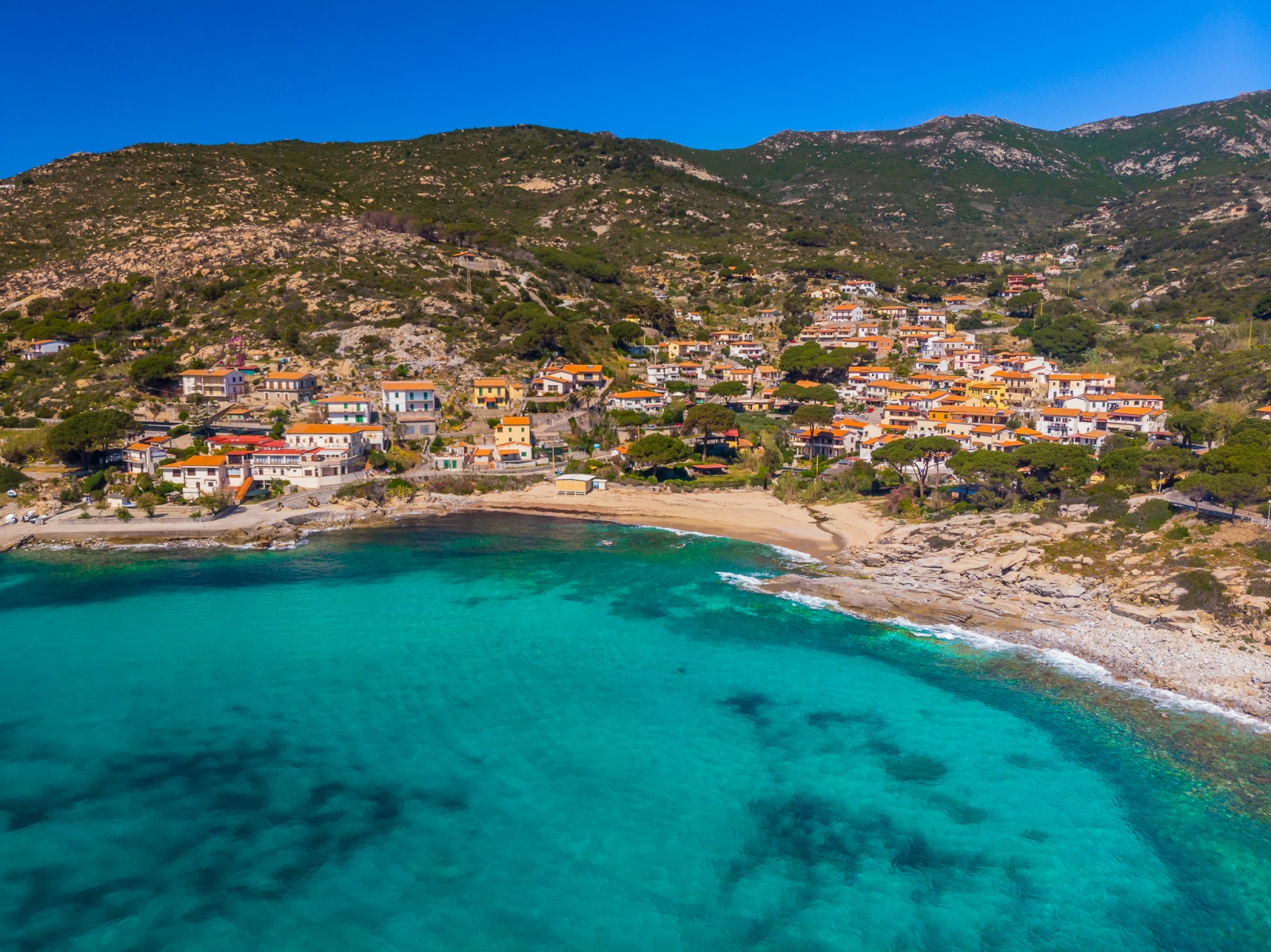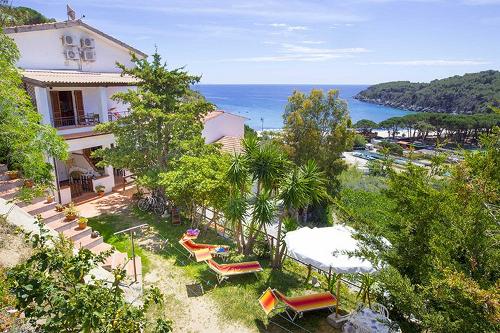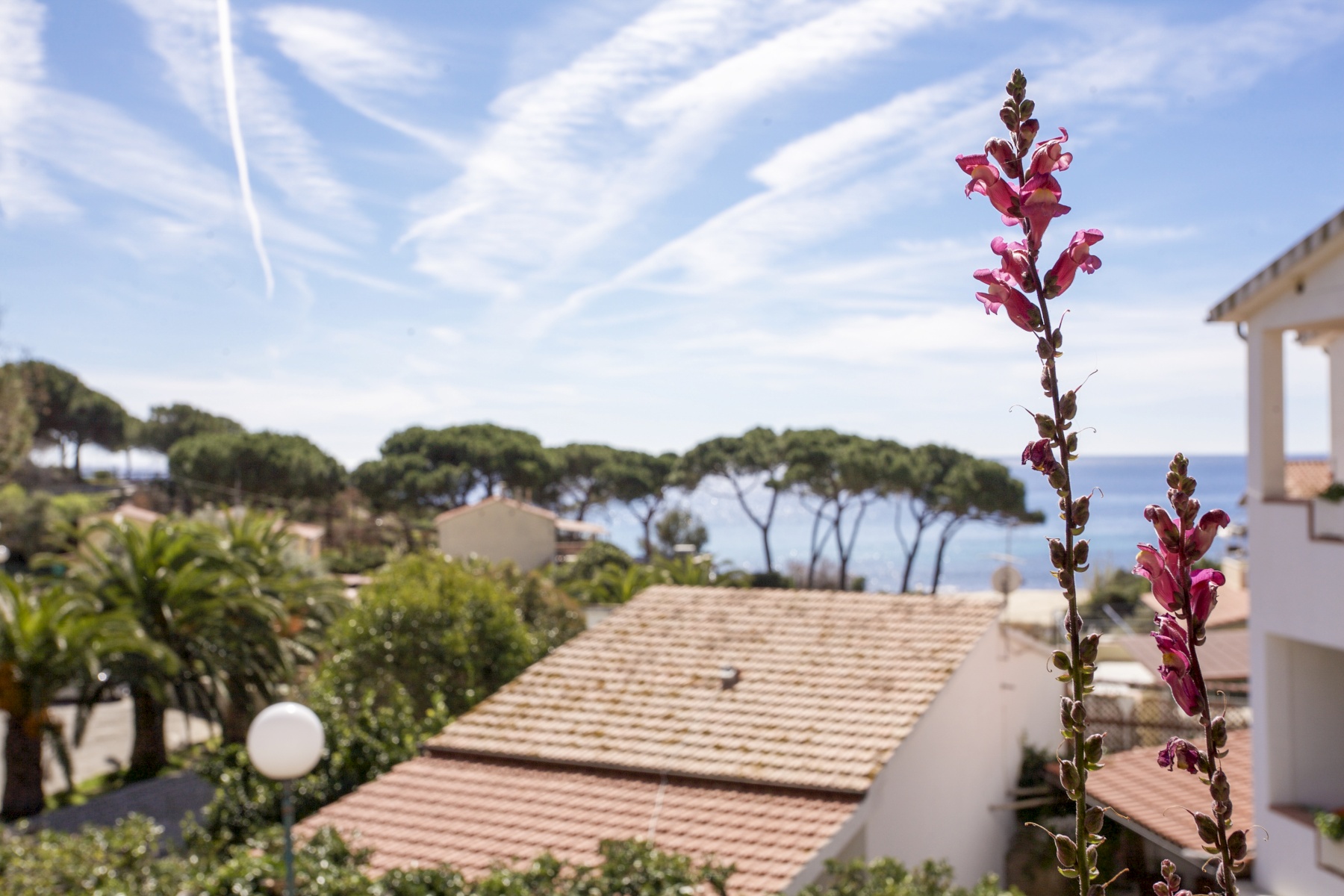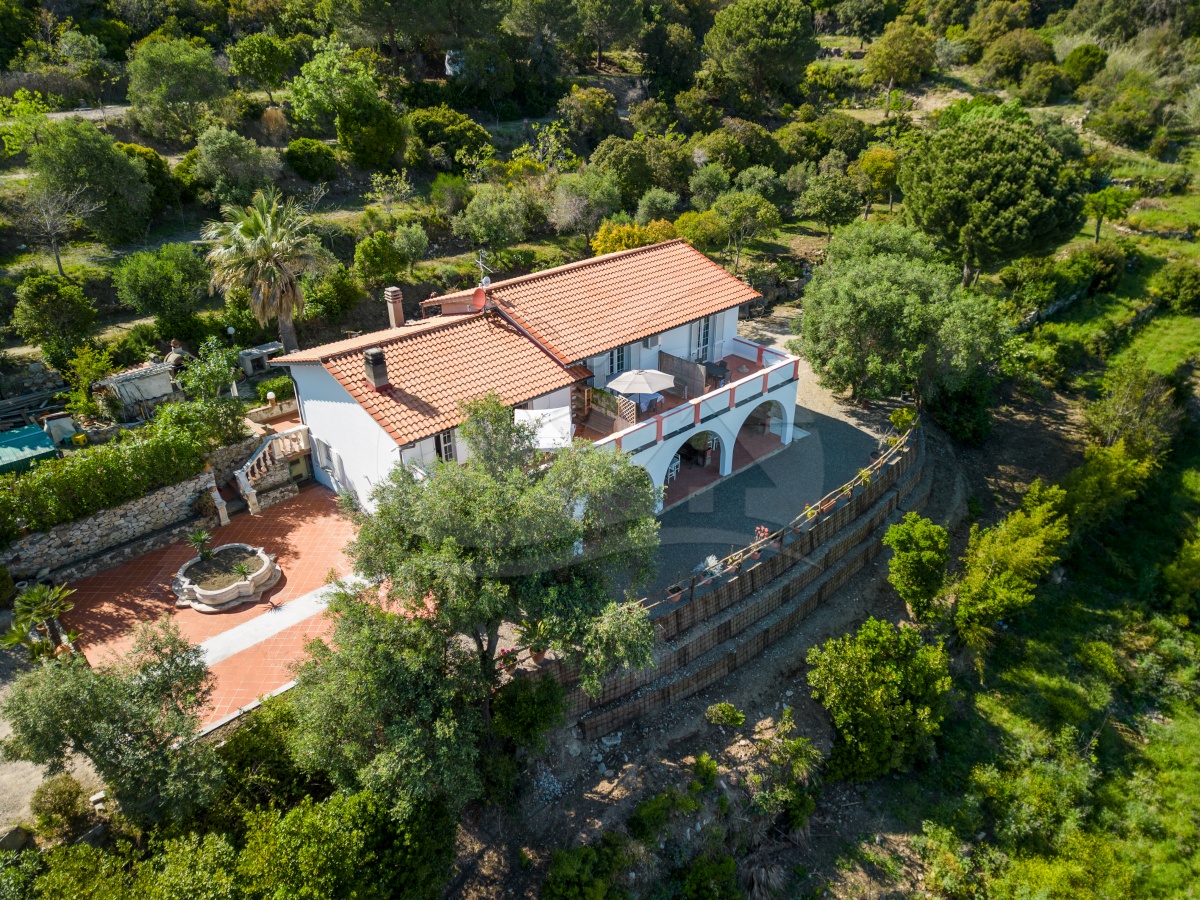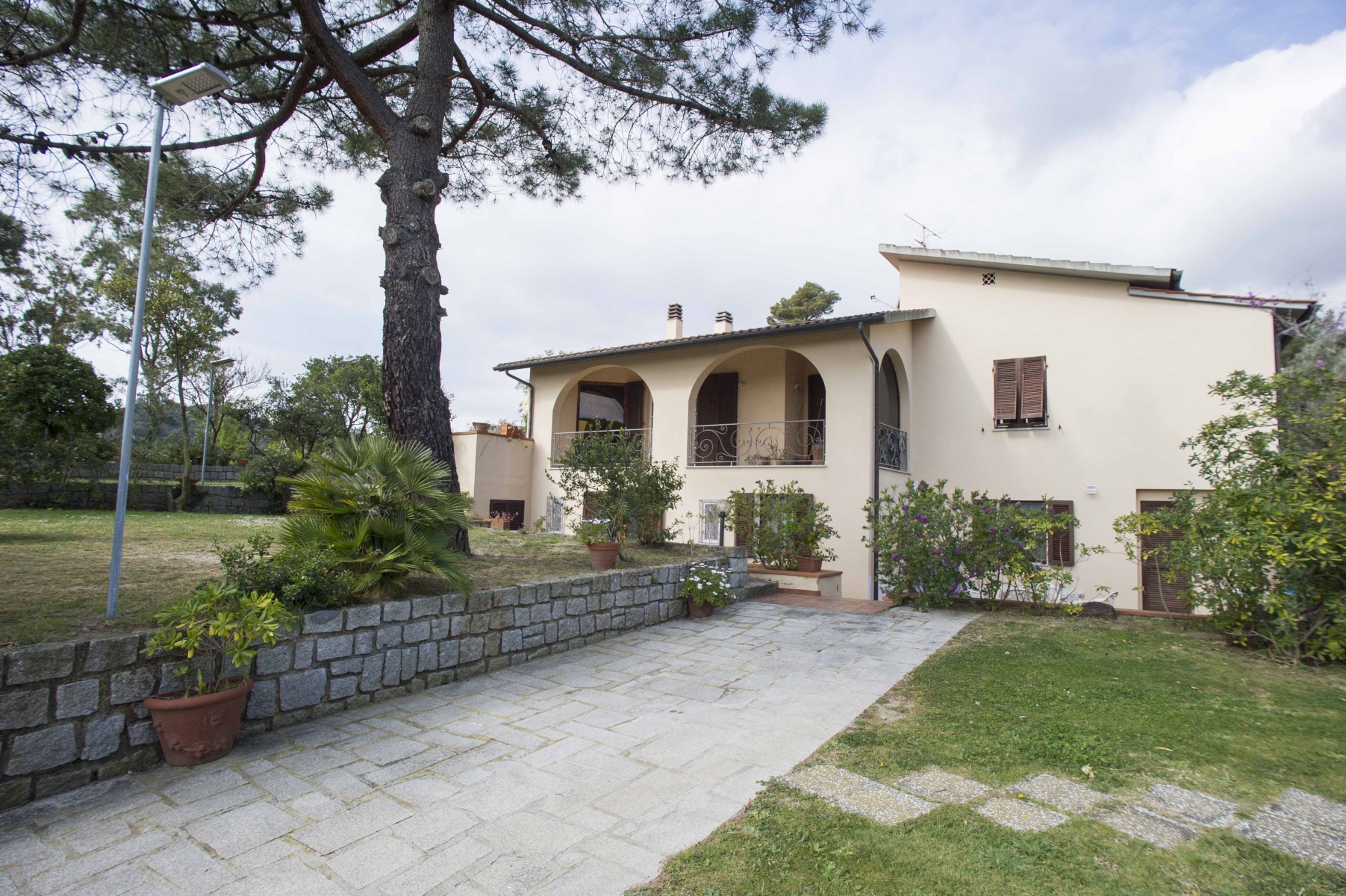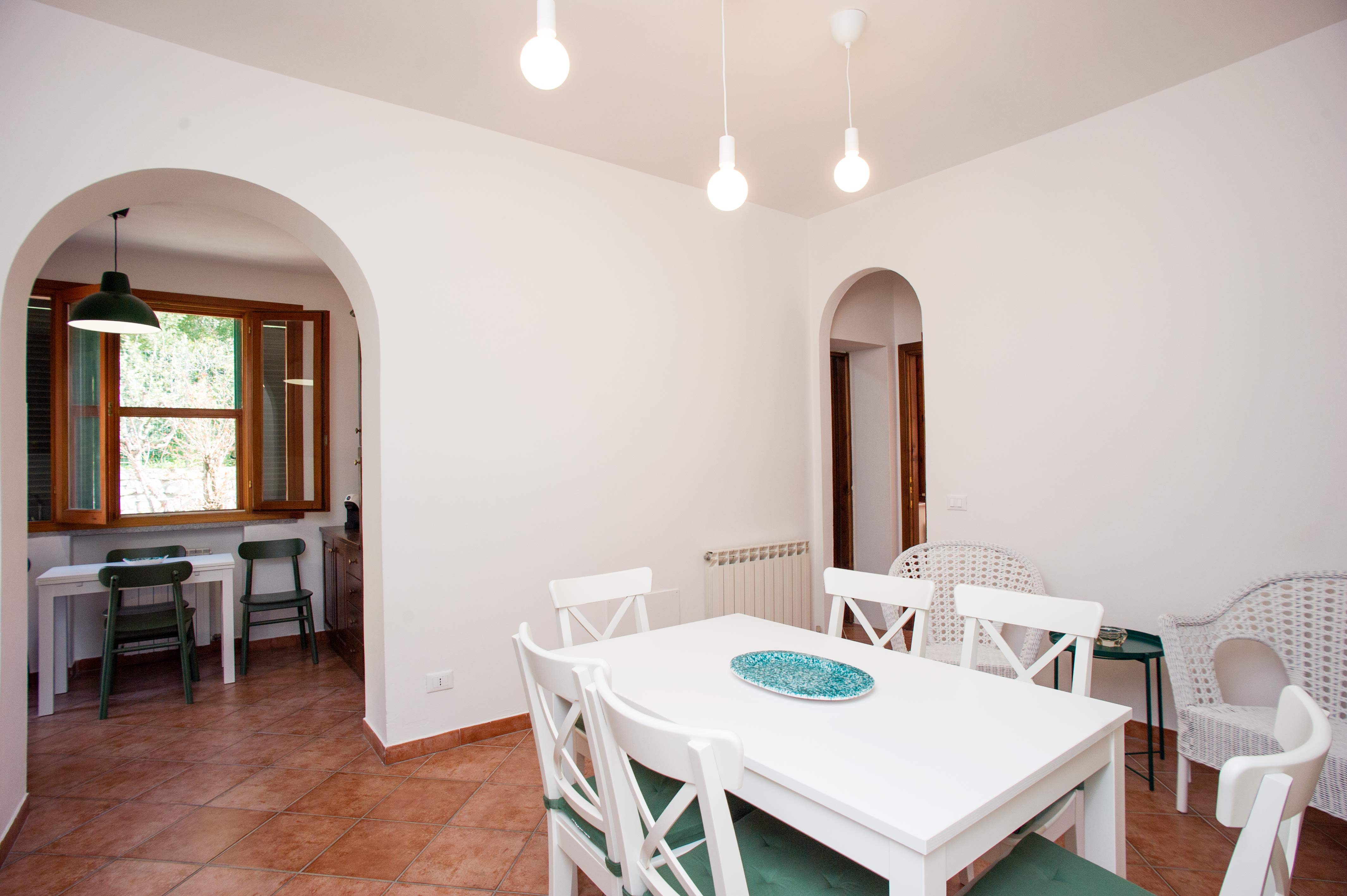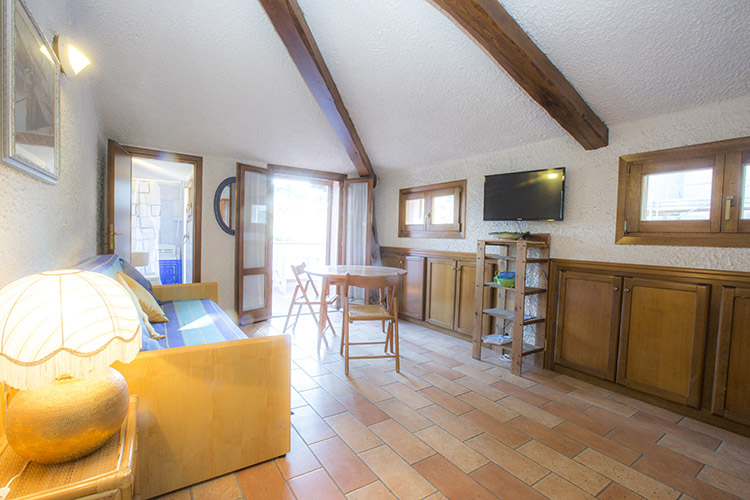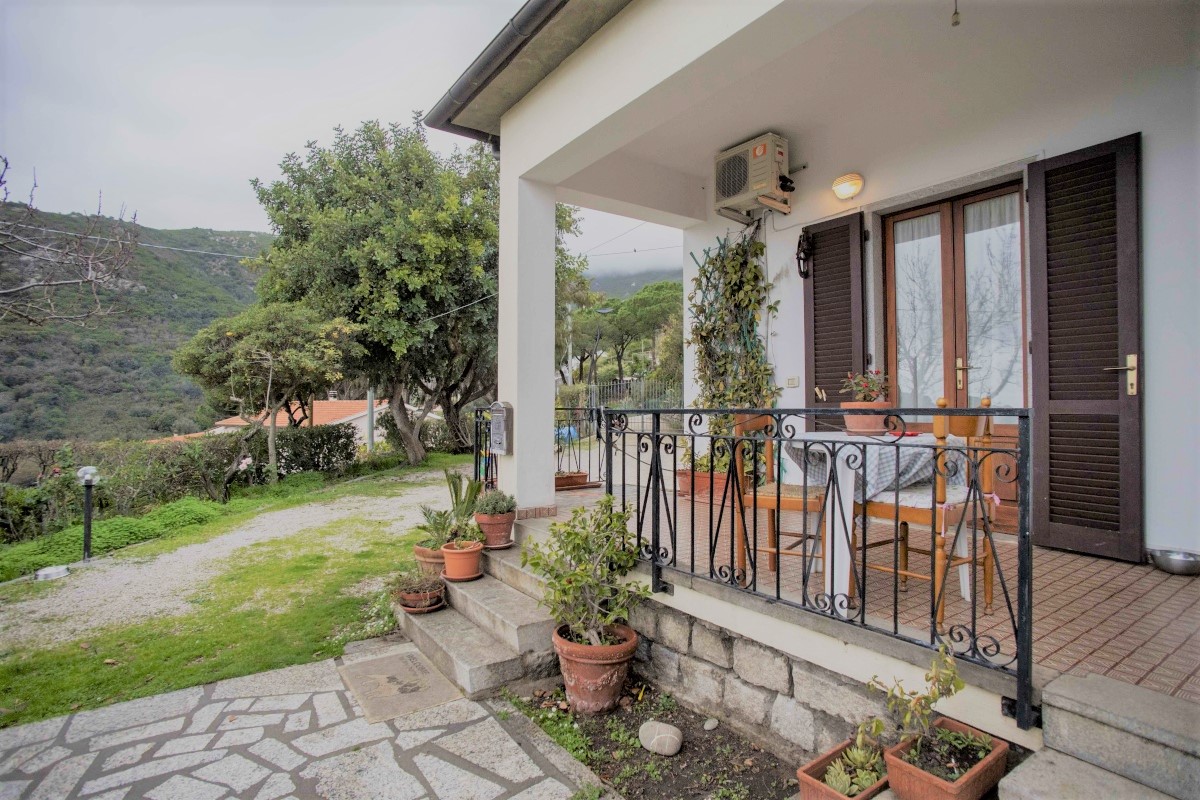Appartamenti Solaris





- 150m
Casa il Borghetto




- 2,5km

Appartamenti I Capannili
Appartamenti del Sole






- 400m

Appartamenti Fetovaia Nord





- 250m

La Rondine su Seccheto






- 250m
Isola Blu


- 30m
Casa Melete




- 270m


Lungomare Seafront

- 200m
Villa Emanuela




- 5m
Residence gli Olmi
Villa Nella



- 200m
L'Albero del Pepe






- 550
Appartamenti Gli Orizzonti






- 150m

Casa Marisol





- 400mt
La Fontana 31

- surlaplage
Appartamenti Filetto
Appartamenti Stella Marina






- 350m
Appartamenti Brezza Marina



- 50m
La Fontana


- 50m
Cala Azzurra




- 300m

Casa Lula





- 1km

Il Nuovo Gabbiano Primo Piano





- 100m
Trilocale Aragosta





- 70m

Il Gabbiano





- 100M
L'Approdo





- 50m
Appartamenti Monumento



- 30m
Turchese Maya





- 300m
Giulia
Maya




- 300m
Appartamenti Rosa Campo Mare




- 350M
Appartamenti Campo nell'Elba



- 600m
Appartamento Le Ginestre
Casa Malu




- 100m

Azzurro Mare
Appartamenti Dunelba




- 170m

A Casa di Nicola
Casa Michelina



- 1km
Appartamento la Pila
Casa Silverio


- 750m

Sulla valle di Seccheto
Casa Bonalaccia


- 1km
Appartamento Bellavista




- 150m
Costa Ovest





- 600m
Casa Marilyn
Appartamenti Sofi




- 400m
Terrazza Seccheto sul Mare
Bilocale Seccheto sul Mare




- 300m
Fetovaia






- 300m
Appartamento Clara vista mare






- 150m

La Palazzina Nel Verde




- 2km
Residenza le Tartarughe
Trilocale Carlotta
Mansarda Il Sarago


- 30m
Ortensia e Glicine
Flats Marina di Campo
The longest sand beach of the island of Elba is also the place where seaside tourism was born during the first half of the last century, before and more strongly than anywhere else. Today Marina di Campo is the most popular tourist destination of Elba, with a rich network of flats and hotels, serviced by an efficient infrastructure consisting of stores, pizzerias, restaurants, rentals and services of any kind. Since Marina di Campo lives off tourism, it offers all attractions for tourists and facilities that match the standards of the best Italian seaside locations. The beach-town combination is the main attraction of this town, the beautiful sea boardwalk bordering the centre of summer days on the Island of Elba: the beach; but there are also particular advantages in renting a holiday flat in Marina di Campo, for example the possibility to stay just outside town, therefore spending less and away from the more lively area, but without the need to use the car to reach town and beach, in fact, thanks to the flat terrain, bicycle tracks that are expanded every year, you can move around quickly and without any issue also when renting a flat at one or two kilometres from town. In addition to the renowned beach, 1.3 km long, another characteristic that makes a holiday in Marina di Campo enjoyable is the proximity with some of the most beautiful sand beaches of the island of Elba like Fetovaia and Cavoli, together with some smaller ones like Seccheto, Colle Paolombaia, Galenzana.
People from Marina di Campo (so called “campesi”) are welcoming and resourceful, and are very united, as it occurred in the days after 7 November 2011 when a strong sea storm coming from the south obstructed the mouths of torrents that flow into the sea with sand, and then heavy rain caused a disastrous flooding that transformed the town centre into a puddle of mud that seriously damaged homes, stores and hotels. It seemed impossible back then to resume the tourist season without compromises, instead, on the usual day of the Pentecost, the first German clients started to arrive, everything was restored and nobody would have realized anything, unless previously informed. We must also say that the number of “Campesi” is scarce since many generations, in fact, as it always occurs in islands which are inevitably border lands, many communities are constituted in time, sometimes retaining their particular habits and traditions: in this regard, it is interesting to see the colourful fishing boats of the small port, you will notice that many fishermen are sons of immigrants from the island of Ponza, which brought their skills of fishermen and sailors’ sensitivity to a community of Elba which is more rural that marine.
Acquarium of Elba
If you have rented an apartment in the town of Marina di Campo, we strongly advise you to visit the aquarium which is less than 2 kilometres from the town centre in the direction of Lacona-Capoliveri. You can not go wrong because the complex is dominated by a giant sign consisting of two characters: M2, Marina Two. Originally this large building less than a kilometre from the beach of Marina di Campo, was a hotel and in part still is, but the owner’s overwhelming passion for the sea creatures influenced him to turn over a thousand square-foot part of the building to an aquarium dedicated to the fauna and flora of the Mediterranean.
With its 80 tanks and 250,000 litres of seawater, it is one of the most interesting and complete Mediterranean aquariums that you can visit. Yuri, the owner, is keen to stress that all this goodness from God has been realized without asking for a penny of public money, so there isn’t a gigantic spectacular aquarium like the most famous, but with more than 150 Mediterranean species present in its tanks, it is very representative of life in our seas. Among the most noteworthy is an old sea turtle species Caretta caretta a regular guest in the aquarium. It is almost blind, and wouldn’t be likely to survive long in the wild. For this reason the turtle was allowed to be kept by the aquarium. Yuri normally collaborates with the State Forestry Department and other local institutions, for the recovery and care of marine animals injured or distressed which, once able to independently survive in the sea, are released where they were found. Among the many species there is also the largest shell of the Mediterranean and some sharks, in short, you can find both coastal species that are not always easy to see when you are snorkelling, both pelagic species such as sharks and other large fish that not even those who dive with organised groups can see.
A curiosity. Does anyone remember the octopus who guessed the outcome of the World Cup 2010?, it was Octopus Paul, which was a guest in the aquarium of Marina di Campo.
Each species housed in the aquarium is precisely described on explanatory sheets that highlight the complexity and the extraordinary beauty of life in the Mediterranean, and for many this will be an exciting discovery. Children can find a thousand reasons to be of curious in this small / large aquarium of Elba and will be fascinated also by the small animals.
This aquarium was created by Yuri’s love for the sea of Elba and his inexhaustible curiosity still offers to those who can appreciate it, a vision of a world that is often inaccessible but infinitely fascinating.
The aquarium is open from 01 April to 20 October from 09.00 am to 19.00 pm.
In high season, from 01 June to 15 September, lunch break is from 09.00 to 23.30.
A visit to the aquarium will be an opportunity to see along the large beach of Marina di Campo and the town that, at night, is lit up along the waterfront which is rather lovely.
To reach the aquarium, you will have to walk about 2 km from the town of Marina di Campo, or if you own a bike there is a cycle path that reaches the eastern end of the beach, and from there in a few minutes you will reach the aquarium. By car you should take the road in the direction Lacona along the road which the locals call the "monument".
For contacts and more information: http://www.acquarioelba.com/
Excursion to San Piero
Some of our customers ask us what to do when the weather is bad.
Our opinion is that even if you have to take time off from the beach, you shouldn’t leave Elba without visiting the two hill towns overlooking Marina di Campo, San Piero and Sant'Ilario.
San Piero is slightly bigger, a hillside village 230 metres above sea level, just a few minutes drive from Marina di Campo. If you think that the small size indicate an insignificant history you are mistaken. San Piero on the Island of Elba was already known and popular in the Roman period, and it was where granite was extracted for monumental works in the capital of the empire, and a thousand years later, in the maritime Republic of Pisa. After the fall of the Roman Empire, the town was plundered (so something had to be there), by various ethnicities barbaric, Ostrogoths, Vandals and Lombards. Finally, in 1005 it passed to the authority of the Republic of Pisa and by that time the activity in the granite and agricultural fields began to flourish again. The town has an extremely important church which dates from the twelfth century, rare of its kind, with two apses dedicated to Saints Peter and Paul and which was subsequently fortified, however, today is dedicated to St. Nicholas. This church was built on a Roman temple dedicated to Glauco, inside you can see the fine fourteenth-century frescoes of excellent workmanship.
Just to see this church would be worth the trip to San Piero.The square in front of the church is a great vantage point to see the entire gulf below, and it is called "Facciatoia" which indicates the great panorama of a large area of sea and land. Just here at Facciatoia there is one of the most important deposits of pegmatitic minerals, the elegant tourmaline on the island of Elba. But don’t dig it up without permission! Just before the church of St. Nicholas is a new mineralogical museum which exhibits rare and beautiful crystals collected right there in the territory of San Piero. This is not the usual local museum put there mostly to flatter some local politicians. Here you can admire real treasures, the most luminous and aesthetic crystals in the world and they are a sight for sore eyes.
After visiting the museum you may decide to go on one of the trips that the young people of the cooperative that runs the museum organize daily to visit the area around the village (which I highly recommend).You can go for a short but intense walk through narrow streets and the beautiful square which is right in the centre of the town. The church fortress of St. Nicholas is located one hundred metres from the east gate of San Piero, the only one of the four still visible and working. To get there you can take two straight parallel paths. At the centre of the town you can find the local parish church built in the fourteenth century, but completely restored in the sixties of the last century and, in its simplicity, it can offer a good moment for meditation. The altar is from 1792.
Near the entrance to the village there is an austere building with a majestic granite door with a rounded arch surmounted by an exuberant crest, this is "The Palace", the centre of the temporal power in “Appianeo” period and thereafter. We are talking of the events after the Republic of Pisa, between the fourteenth and seventeenth centuries, since the Republic of Pisa succeeded the lords of Appiani, after it became an imperial fiefdom and in 1549 for a short period belonged to the Medici of Florence, then passed to the Spaniards.
At this point of your visit you will have realized that this extraordinary village is the source of town below where you have rented your apartment, as Marina di Campo is relatively new. Aside from the Renaissance tower and the well hidden remains of the church of St. Mamiliano, there was no sign of the town until a couple of centuries ago. In short, the history is in the hills!
If, as we believe, you liked San Piero, they we are sure that you will also like a couple of ancient monuments nearby.
The first is the oratory of San Rocco, built by the Spanish in 1631, it is located just outside the village, next to the cemetery, it is a small church with elegant proportions and where there is a magnificent view of the sea below.
The second stage involves a walk of about 2.5 km between old chestnut trees, ancient vineyards and Mediterranean scrub, when you will arrive at the Romanesque church, the largest on the island. It is the church of San Giovanni Battista, now roofless, but working until 1850, when the apse was struck by lightning. Going downhill for a few hundred meters on the asphalt road, on the left, hidden in the vegetation of tall trees are the ruins of the sixteenth-century hermitage of St. Francis Xavier, a Spanish missionary who celebrated the first baptism in Japan. He inhabited the place until the middle of the eighteen hundreds. Go further on and you can see the silhouette of an extraordinary tower on a huge granite boulder: the tower of St. John, recently restored and a surreal sight. From here you can enjoy one of the most magnificent panoramic views of the island of Elba .
The church and the tower of St. John can also be easily reached by car from Marina di Campo for a few kilometres along the road towards Mount Perone.
Horseback Sant'Ilario
A couple of miles from San Piero you find Sant'Ilario, located in Campo, a tiny old village and that you should not miss visiting. St.Ilario doesn’t have the complexity of urban planning and architecture of San Piero and, in addition to being smaller and older it is also more beautiful. The narrow streets that all lead to the central square, which is nothing but the continuation of the churchyard, are spotless and decorated with flowers.
Even St.Ilario, just like San Piero has an ancient history, which are the remains of a Romanesque church some of which is not visible and dates back to the twelfth century. It is now incorporated and transformed into the parish church in the town centre. The current tower was originally a watchtower similar to nearby St. John. At the edge of the village there are the remains of ancient walls, as St. Hilary also had to defend itself from invasion of Saracen pirates for many centuries before and after the domination of Pisa.
There are few towns today where you can experience the old atmosphere of Elba and feel how it used to be. Among all of them, Sant'Ilario is certainly the town that best conveys that countrified peace and harmony that once was; if we go there in high season, you will notice how in just 10 minutes' drive from Marina di Campo, the most lively tourist centre of the island, you can immerse yourself in a distant century and be cut off from the continuous and compulsive activity that is often associated with a seaside holiday.


-1200.jpg)
